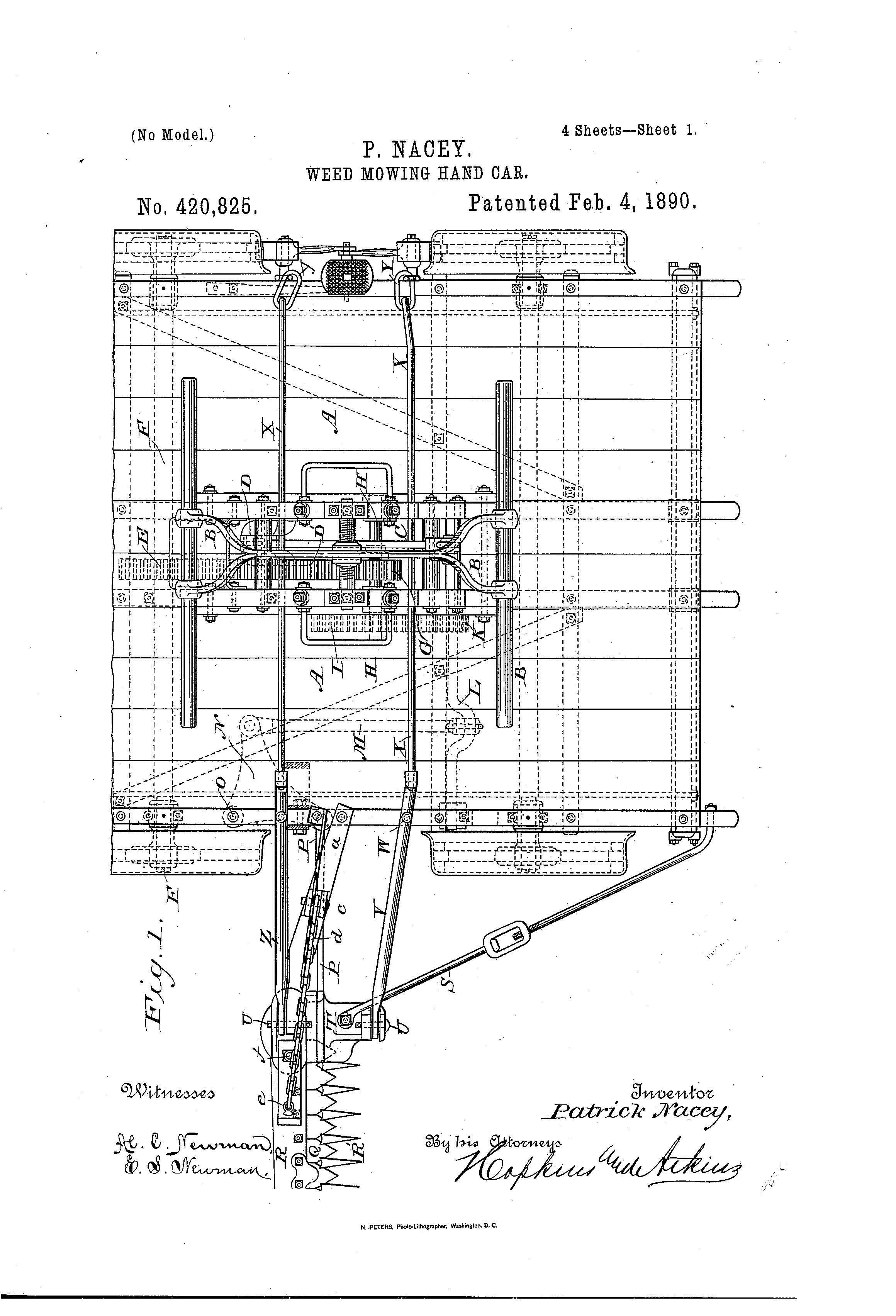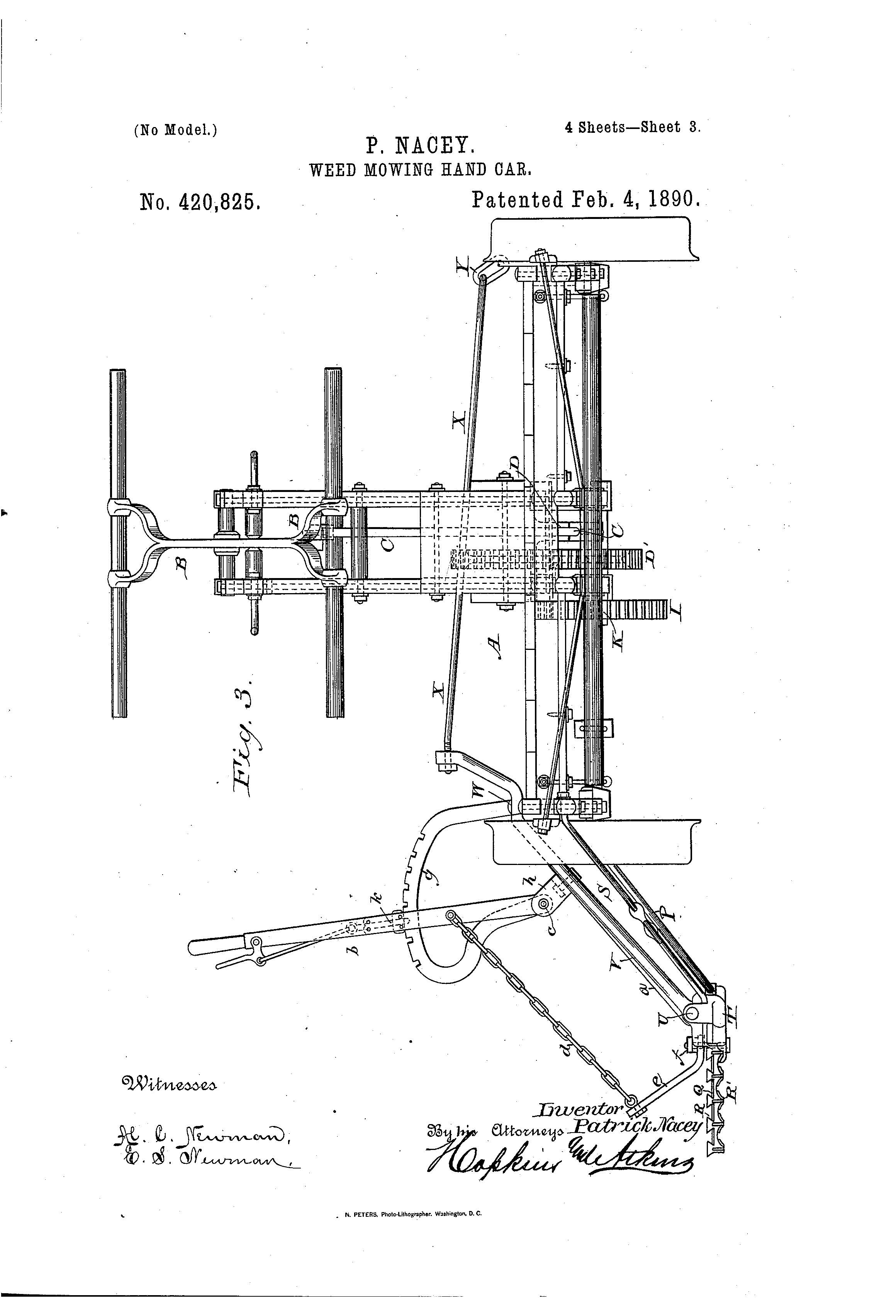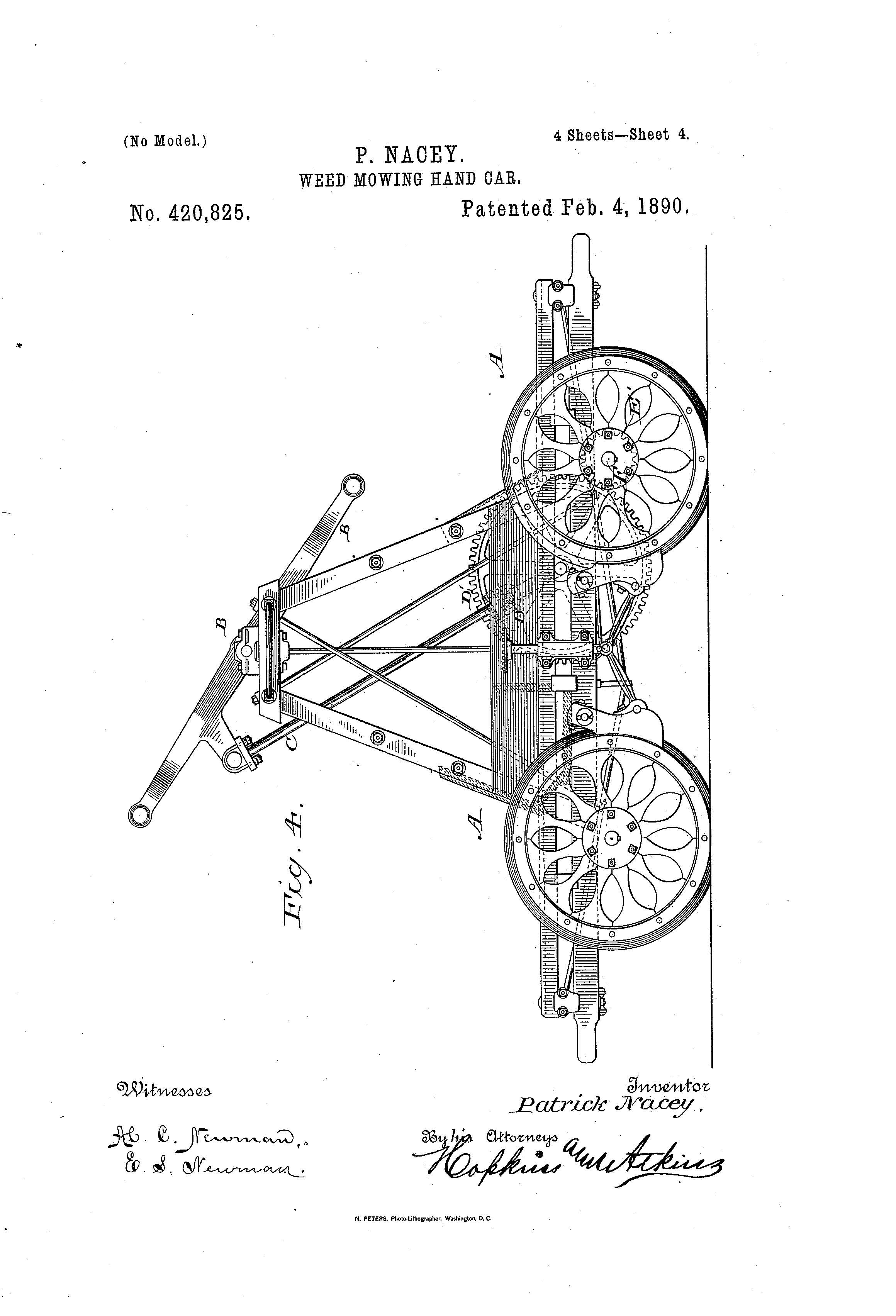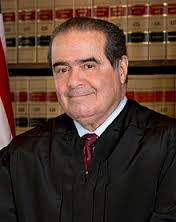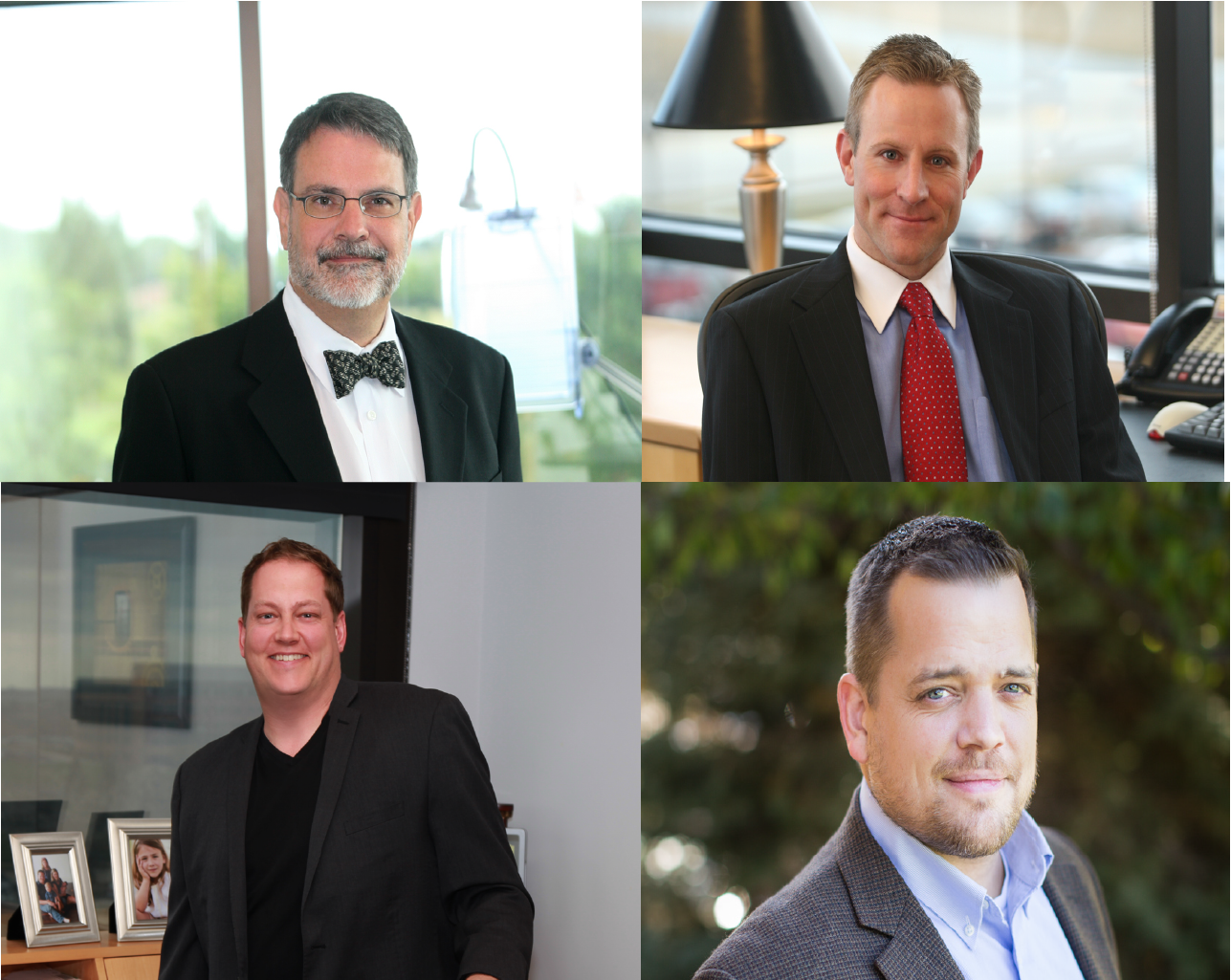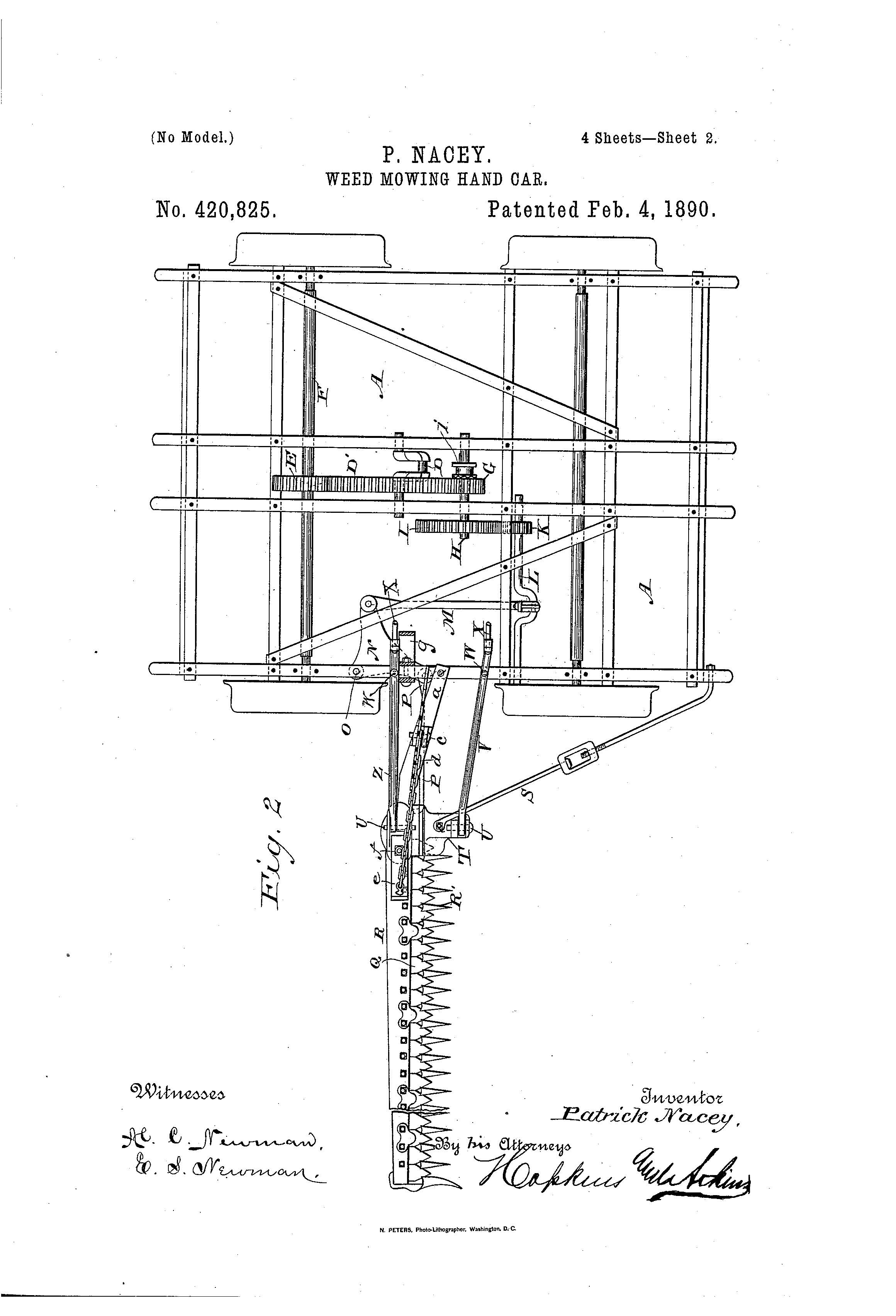Patent Comic
This is a fun comic WIPO (World Intellectual Property Organization) put together. Enjoy.
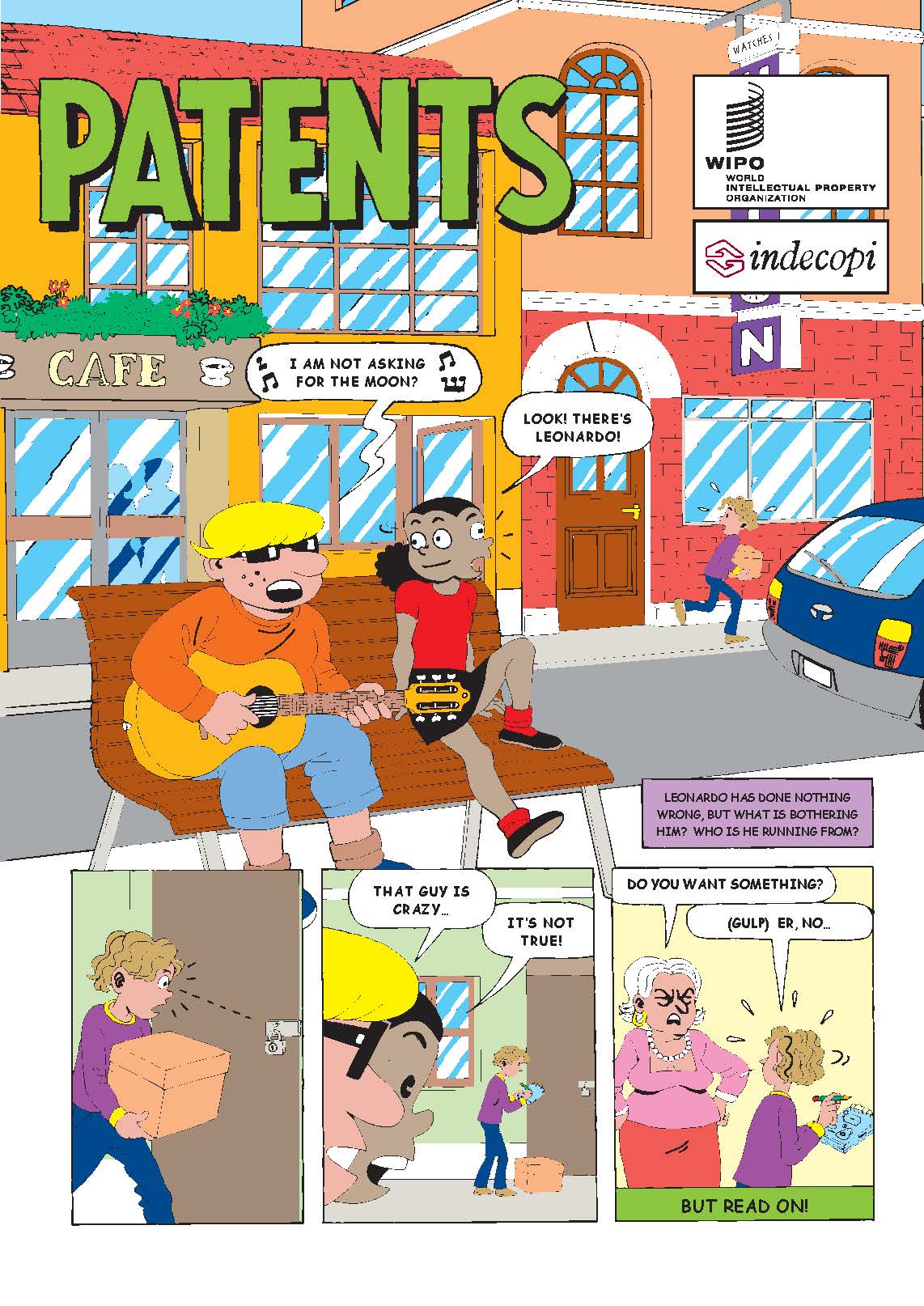
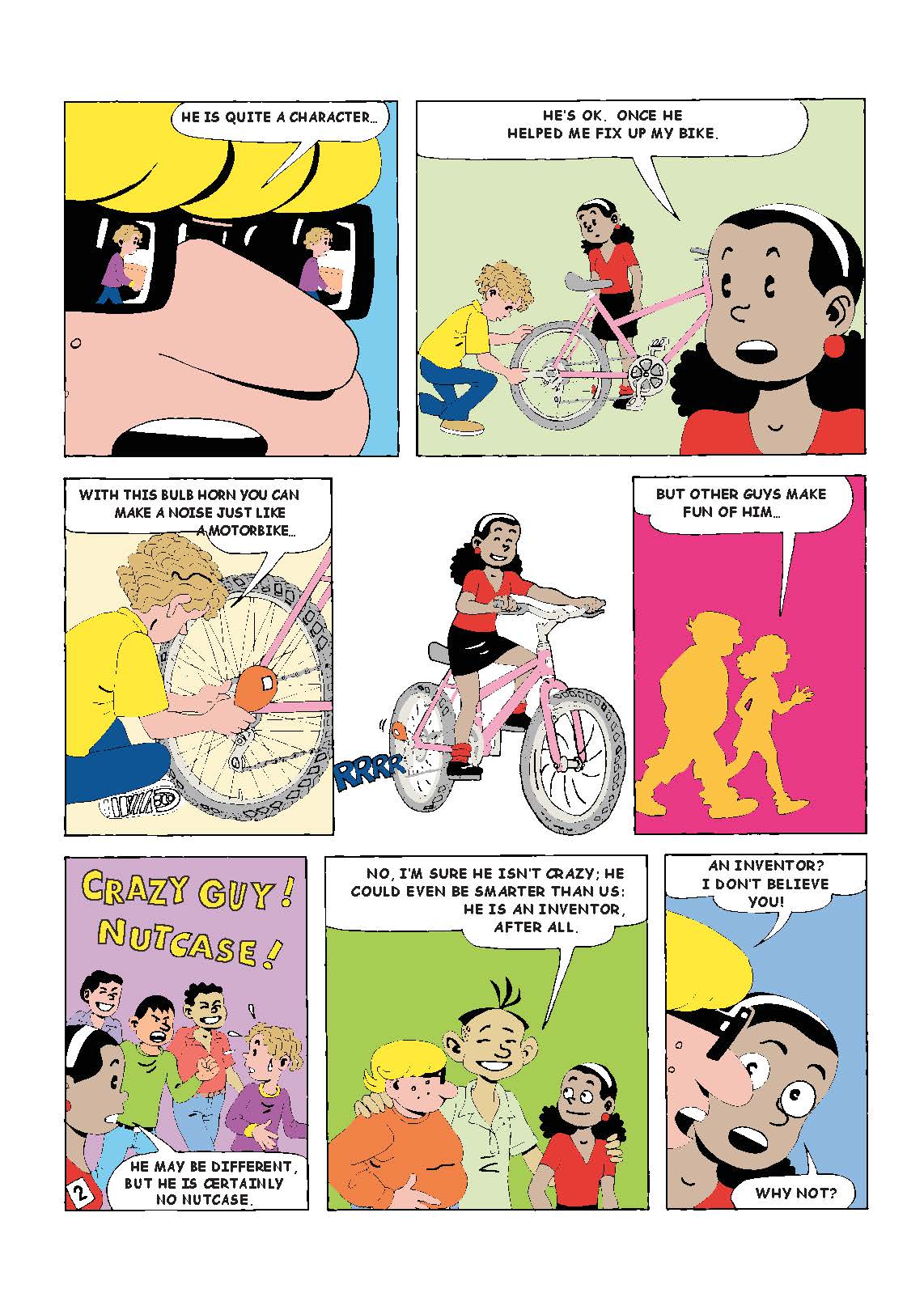
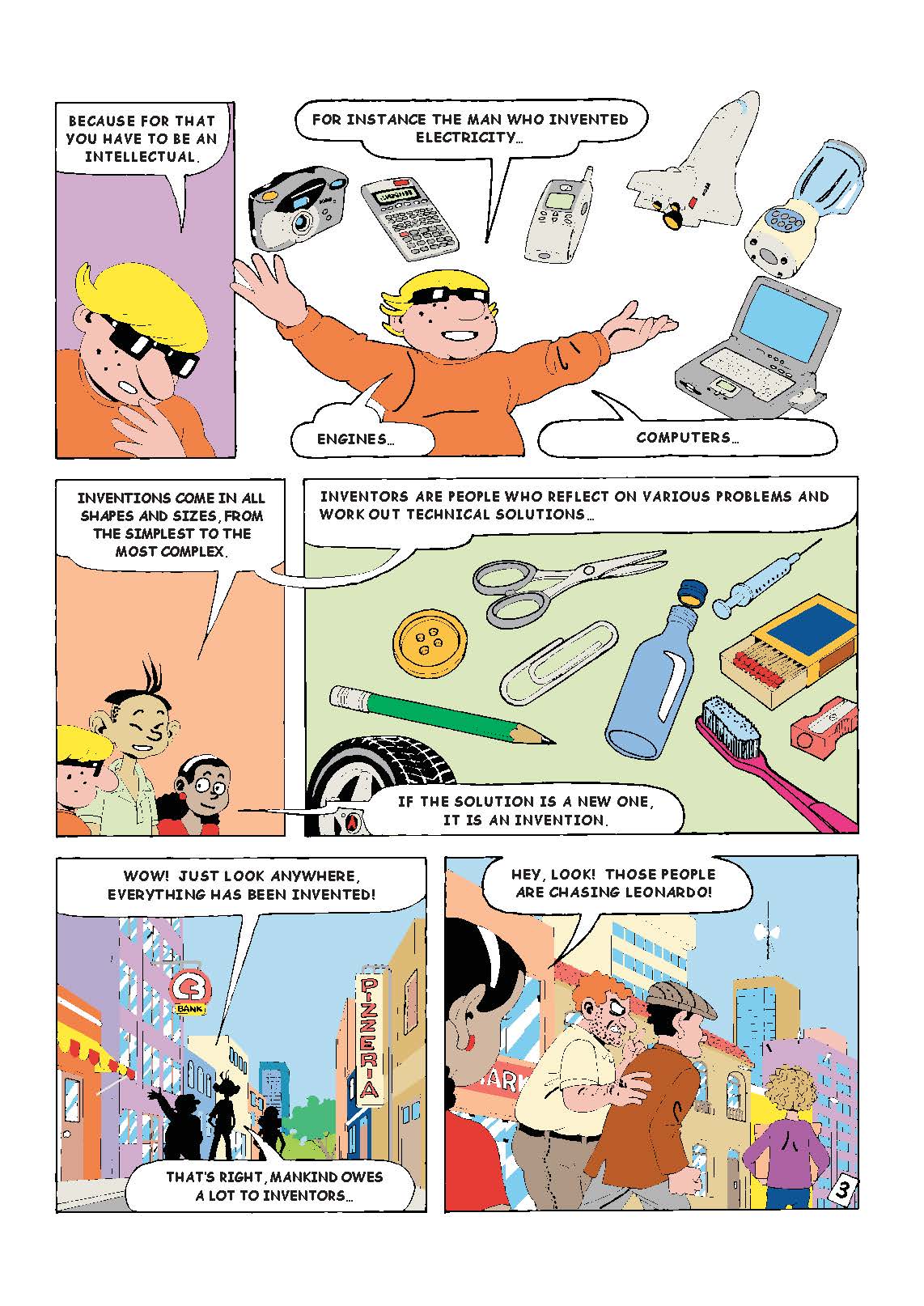
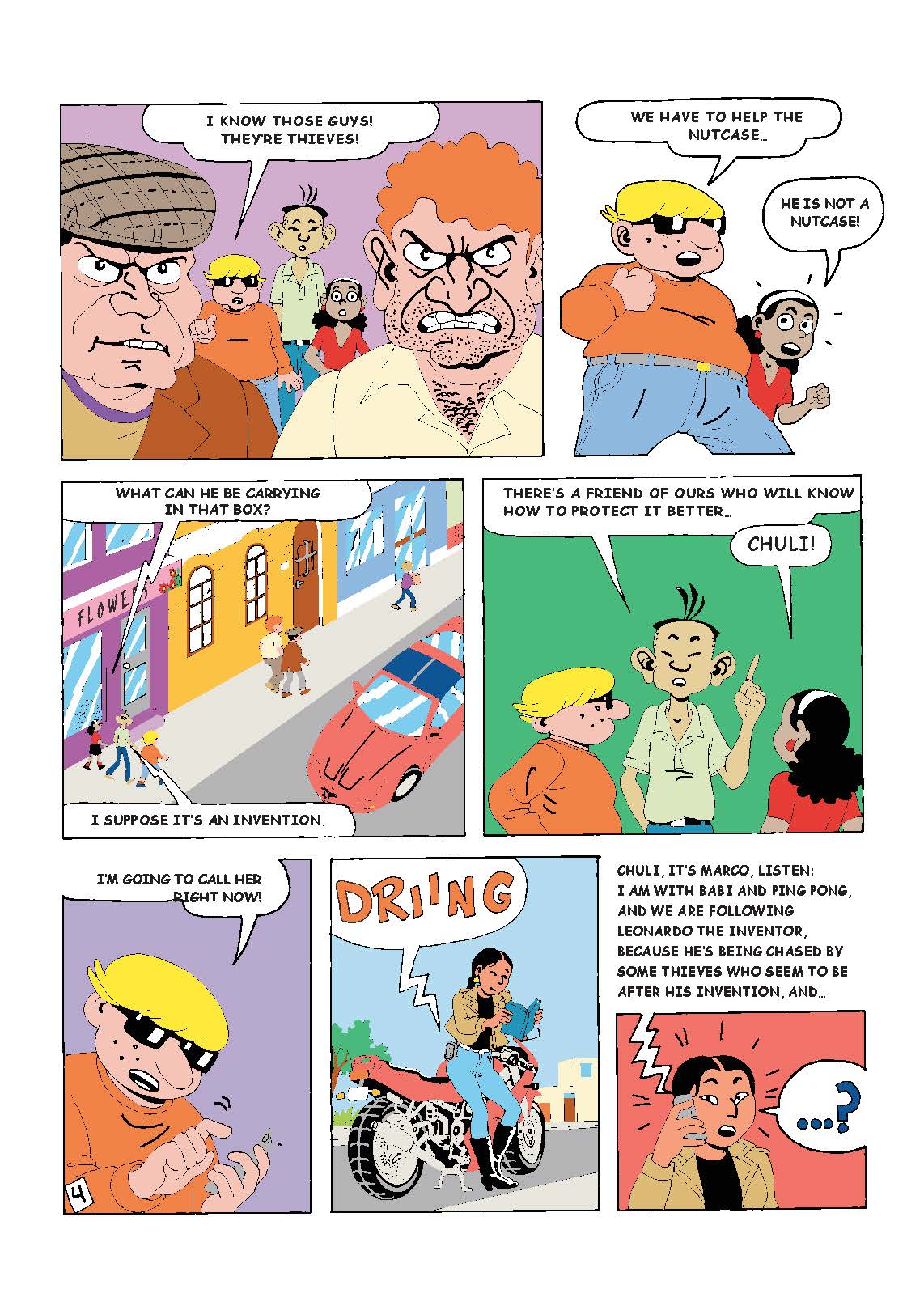
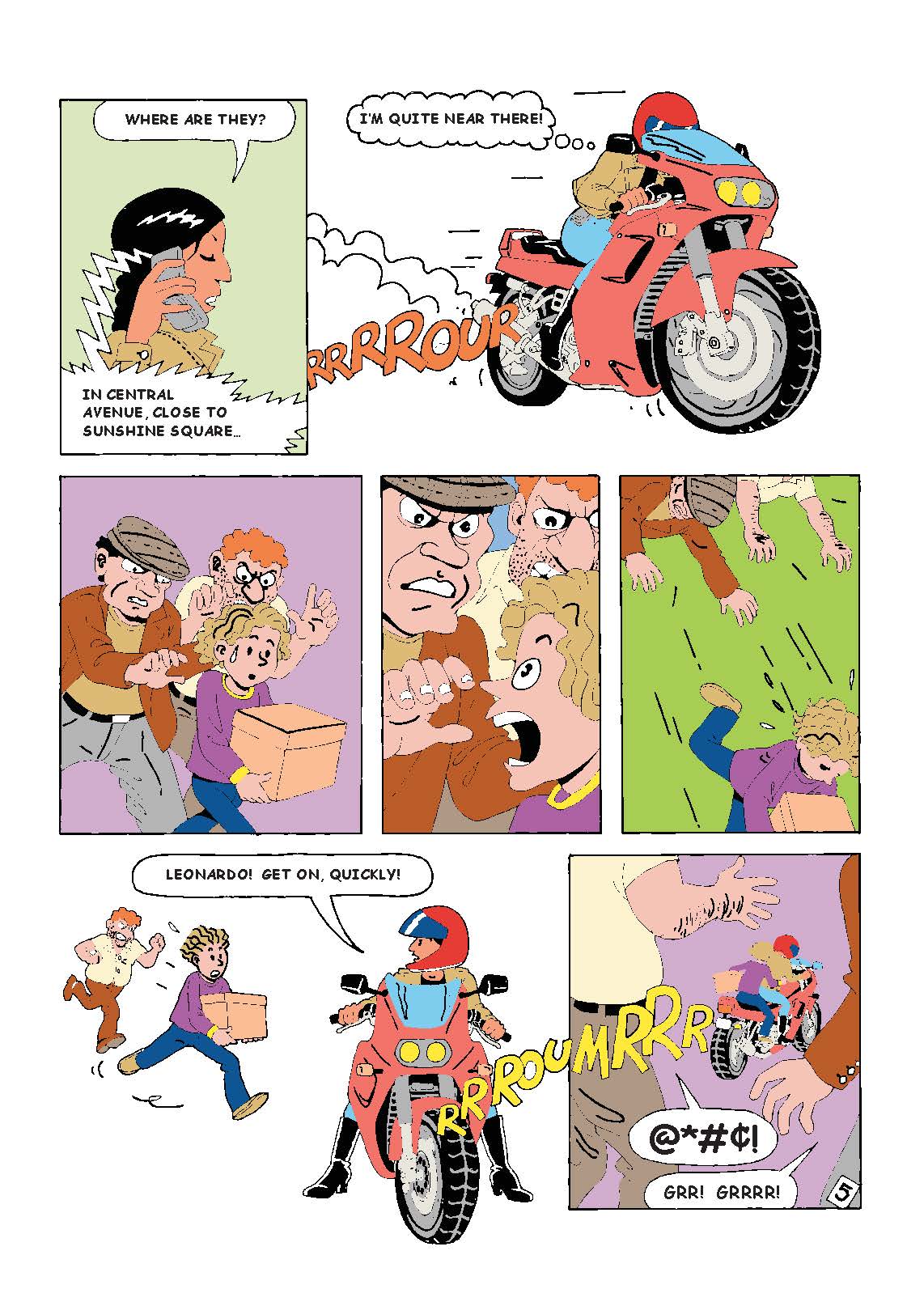
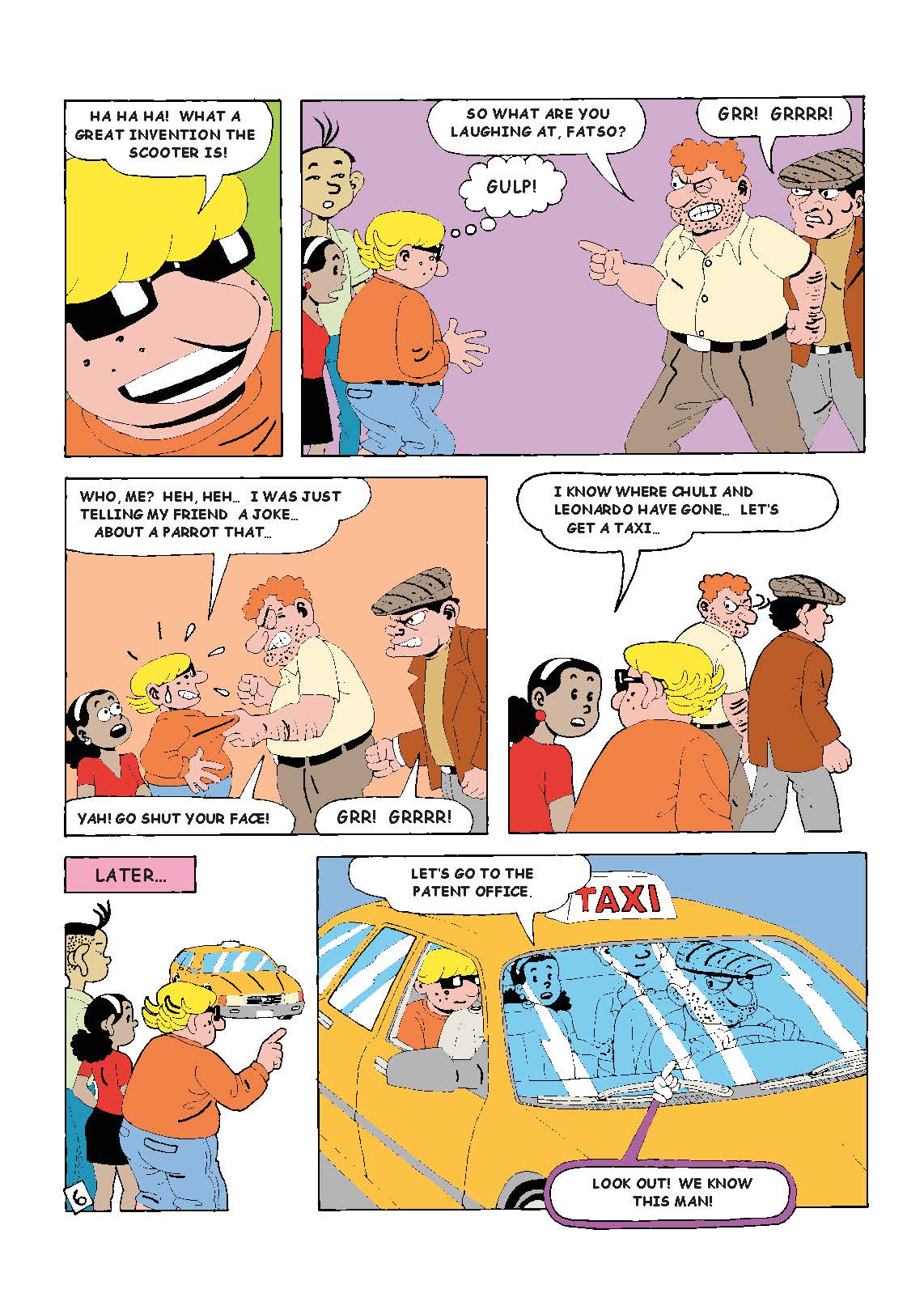
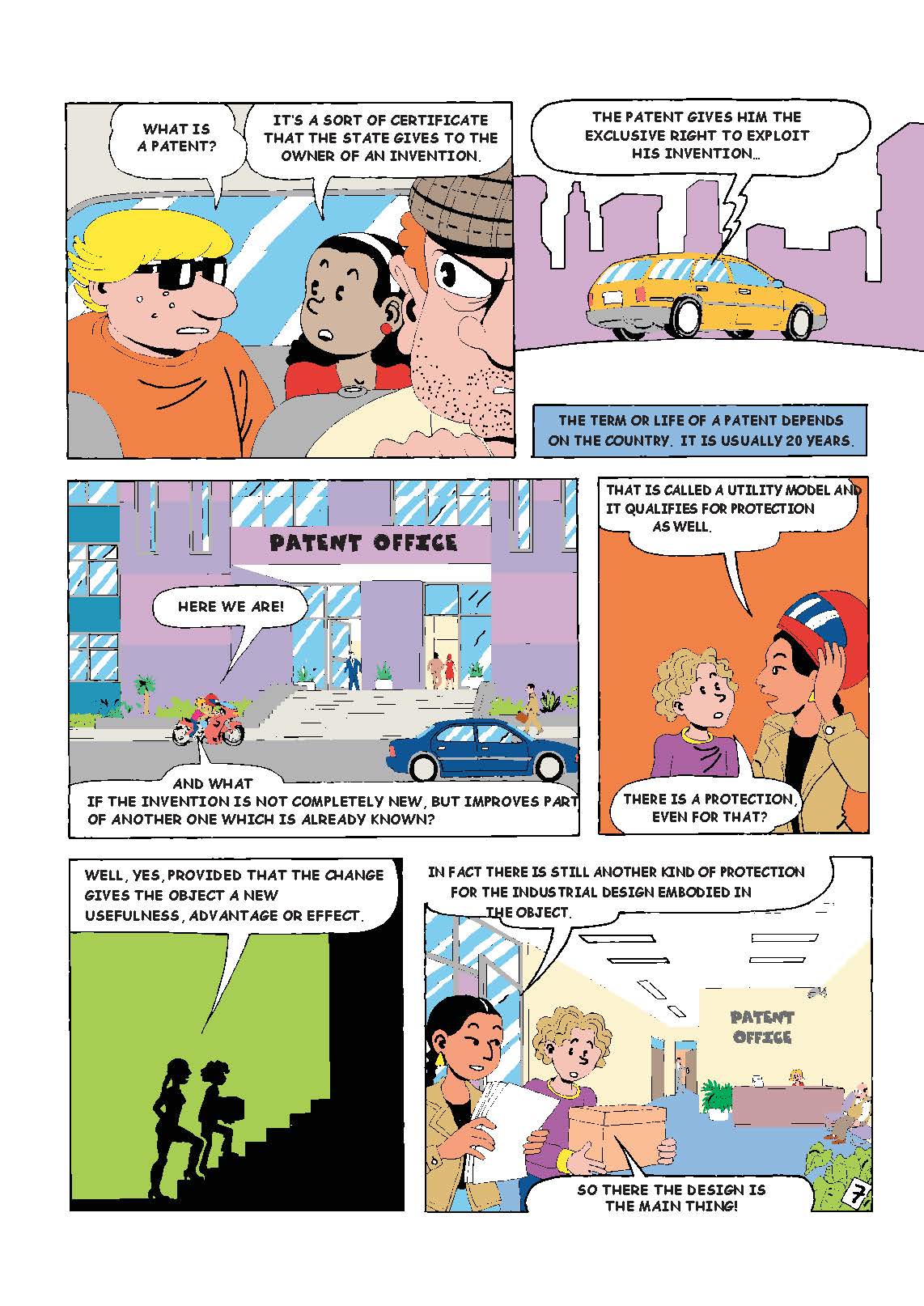
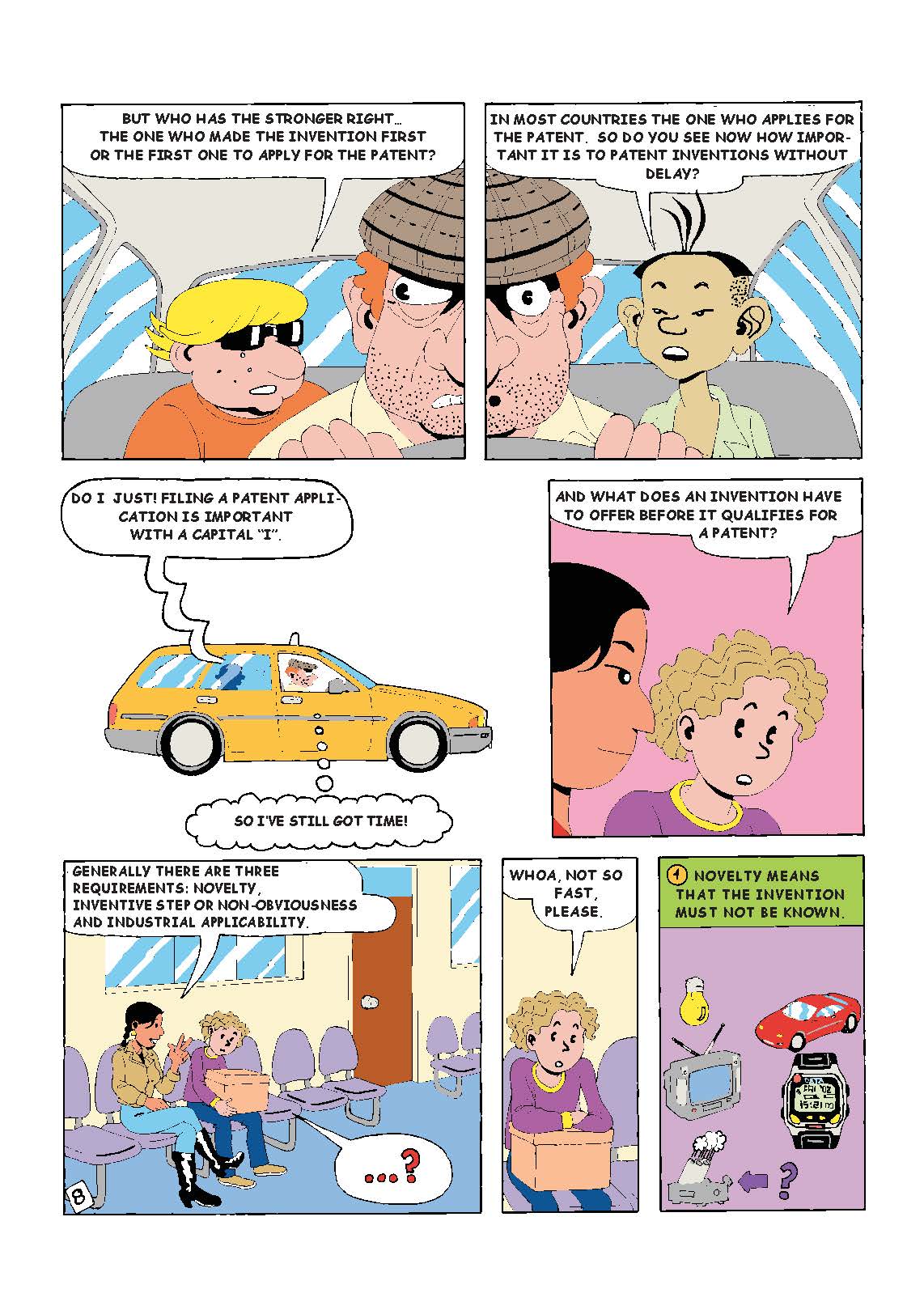
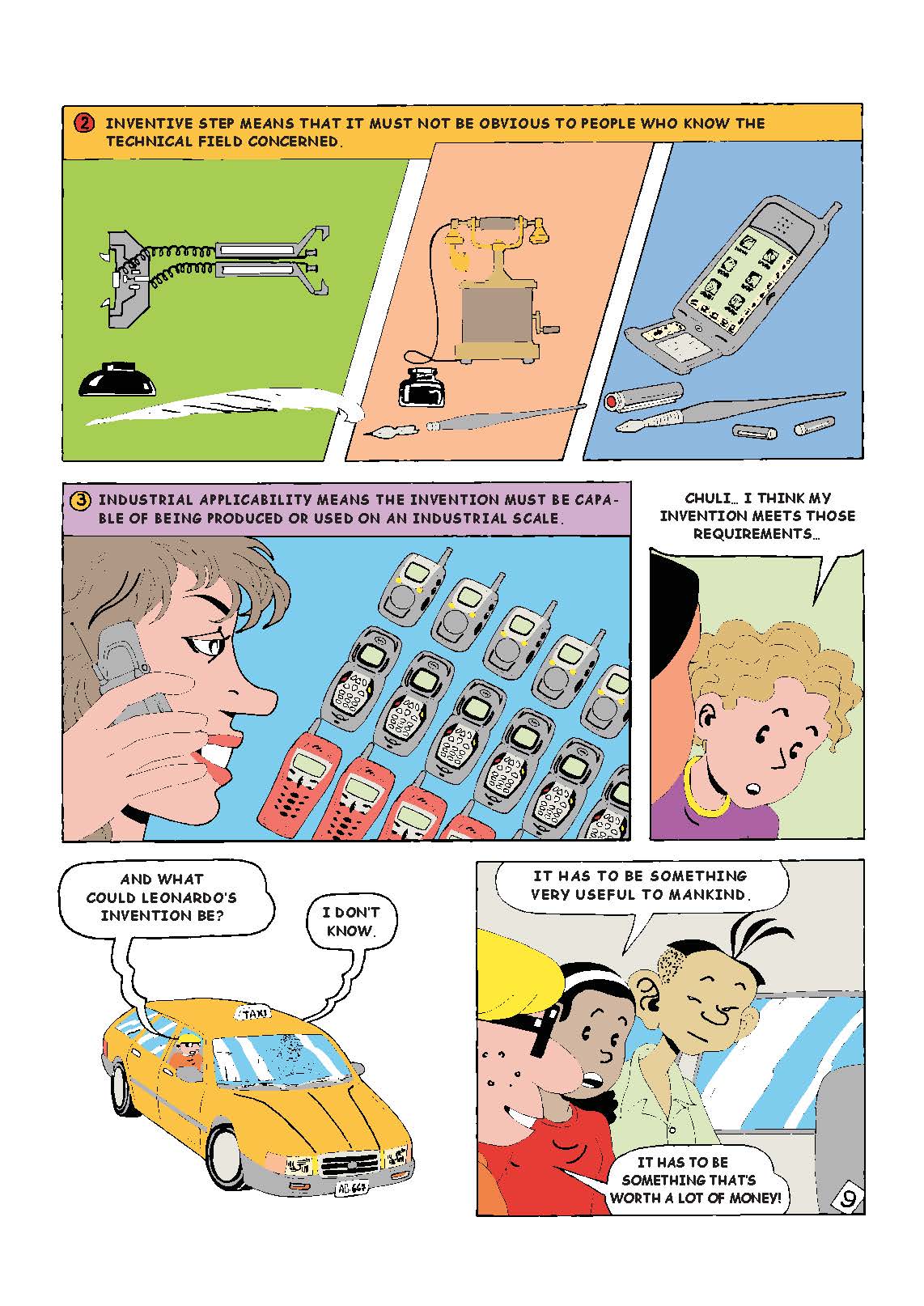
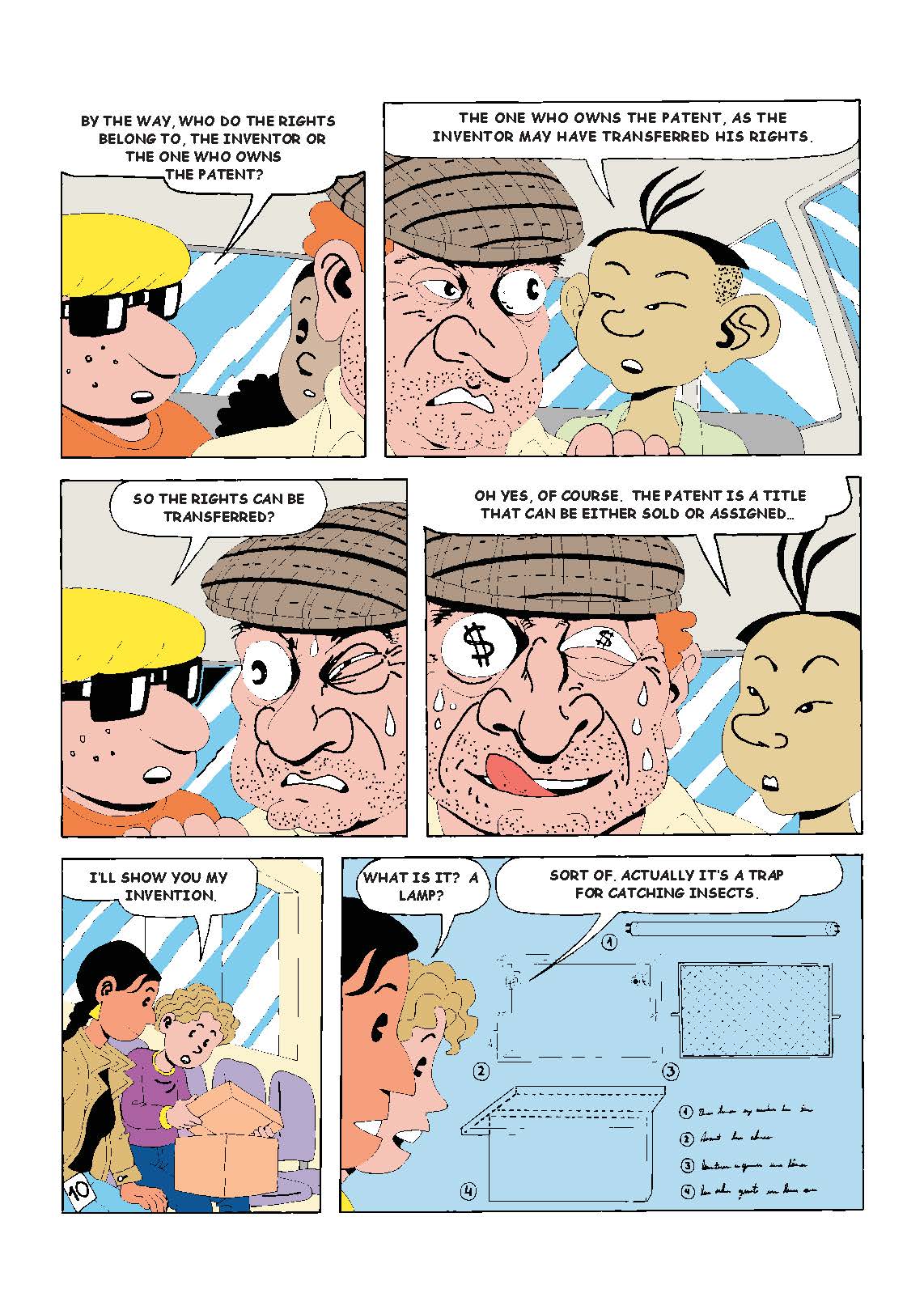
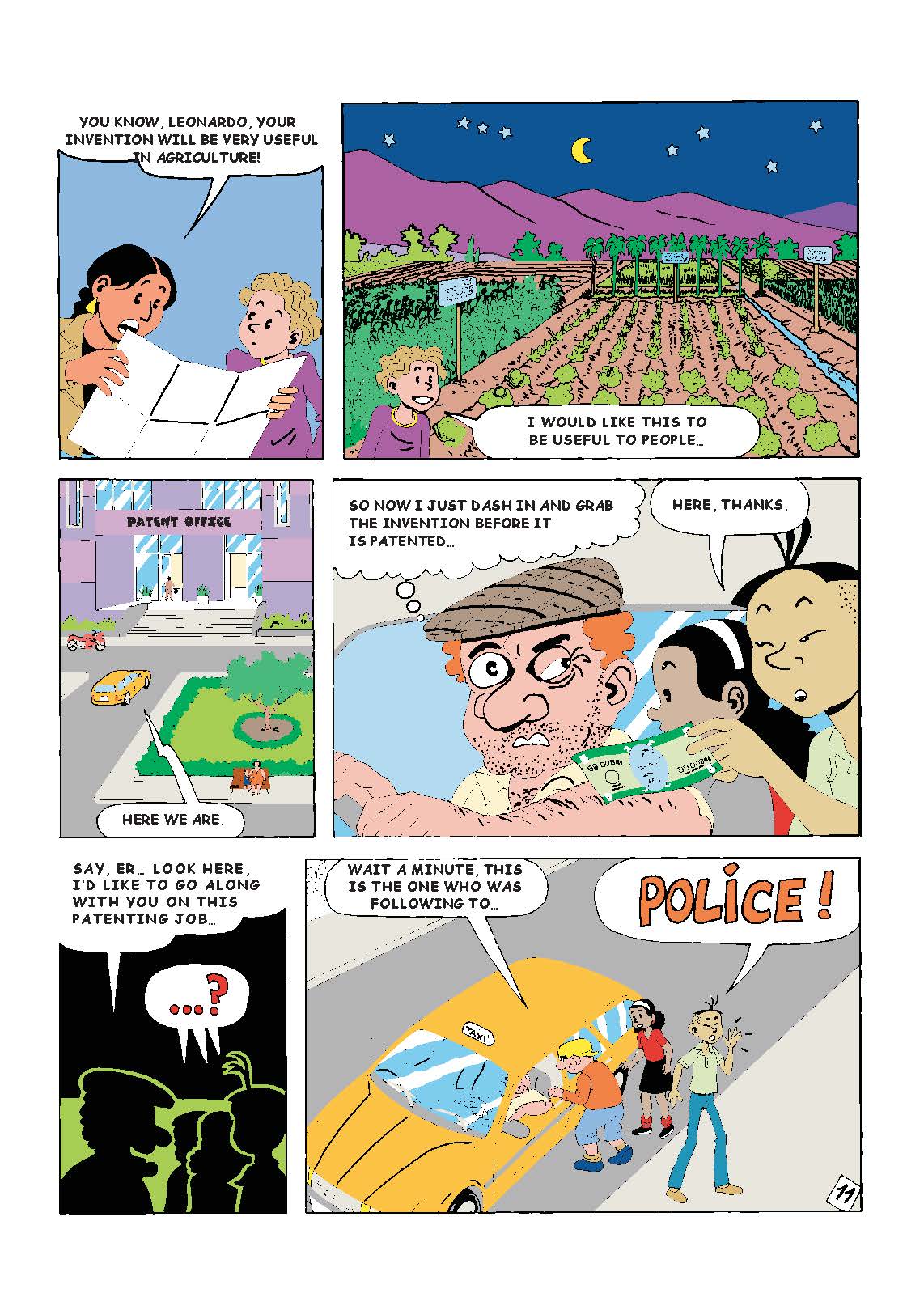
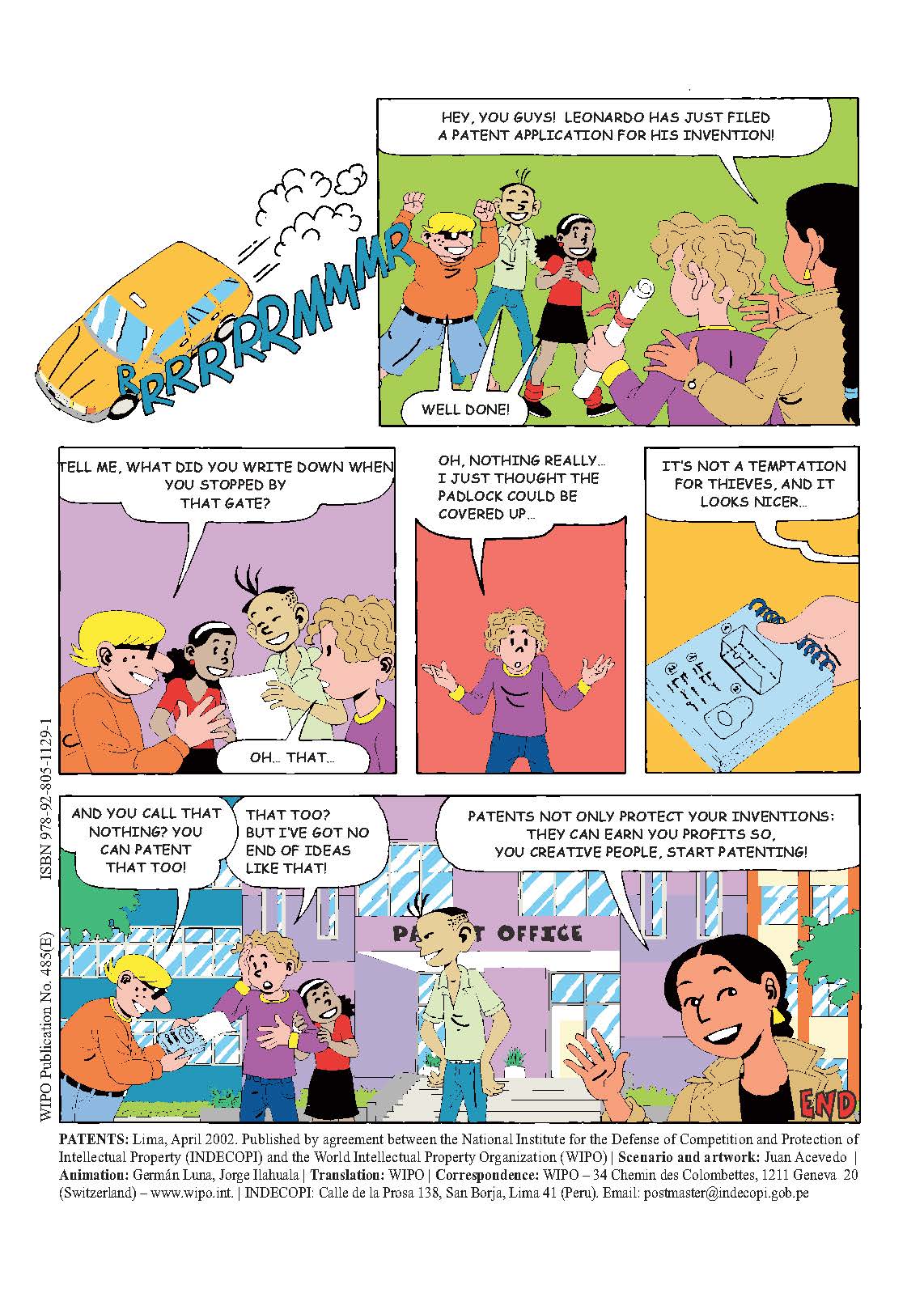
http://www.wipo.int/edocs/pubdocs/en/patents/485/wipo_pub_485.pdf
U.S. top court mulls boosted patent damages in Stryker, Halo cases
REUTERS - WASHINGTON The U.S. Supreme Court on Tuesday signaled a willingness to give federal judges more discretion to boost penalties for patent infringement as the justices heard arguments in cases brought by Stryker Corp and Halo Electronics Inc.
Stryker, a medical device maker, and Halo, which makes circuit board transformers, were denied enhanced damages by a federal appeals court after winning patent infringement lawsuits against competitors.
During oral arguments before the high court, the companies said they should have been awarded enhanced damages because the infringement of their patents was willful, which can allow for a tripling of damages.
The nation's top patent court, the U.S. Court of Appeals for the Federal Circuit in Washington, has said that to be awarded enhanced damages, a patent owner must prove a defendant acted despite a high likelihood of infringement and had no reasonable explanation for doing so.
Several of the justices indicated they might be willing to relax that standard, giving federal judges increased discretion in awarding enhanced damages.
Chief Justice John Roberts called the elaborate test "surprising" and said that "courts have been used to dealing with discretionary standards for a long time."
Halo and Stryker both contended the test is too rigid, allowing a willful infringer to escape liability if it can muster any reasonable defense, even if it acted in bad faith.
Justice Elena Kagan said the existing standard may serve as an incentive for patent infringement because it gives willful violators a way to escape liability.
Carter Phillips, the lawyer arguing for Halo and Stryker's opponents, told Kagan there are not enough deliberate infringers to justify changing the standard.
"My sense is there aren't that many pirates out there," Phillips said.
Industry groups are closely watching the cases because a lower bar to award enhanced damages, meant as punishment for deliberate and reckless copying, could hand patent owners a potent new weapon.
Stryker sued Zimmer Biomet Holdings Inc in 2010 for infringing its patented handheld surgical cleaning wand and was awarded more than $210 million for willful infringement. But the Federal Circuit in 2014 overturned a lower court's finding of willfulness, saying Zimmer's defenses were reasonable.
Halo sued Pulse Electronics Corp in 2007. The Federal Circuit similarly found that Pulse Electronics' infringement of several Halo patents was not willful.
The cases were heard by the high court's eight remaining justices following the Feb. 13 death of Justice Antonin Scalia.
The cases are Halo Electronics Inc v. Pulse Electronics, No. 14-1513 and Stryker Corp v. Zimmer Inc et al, No. 14-1520, in the Supreme Court of the United States.
http://www.reuters.com/article/usa-court-stryker-idUSL2N1621WV
Patent of the Day: Exercise Escalator
On this day in 1970, the patent for Exercise Escalator was granted. U.S. Patent No. 3,497,215.
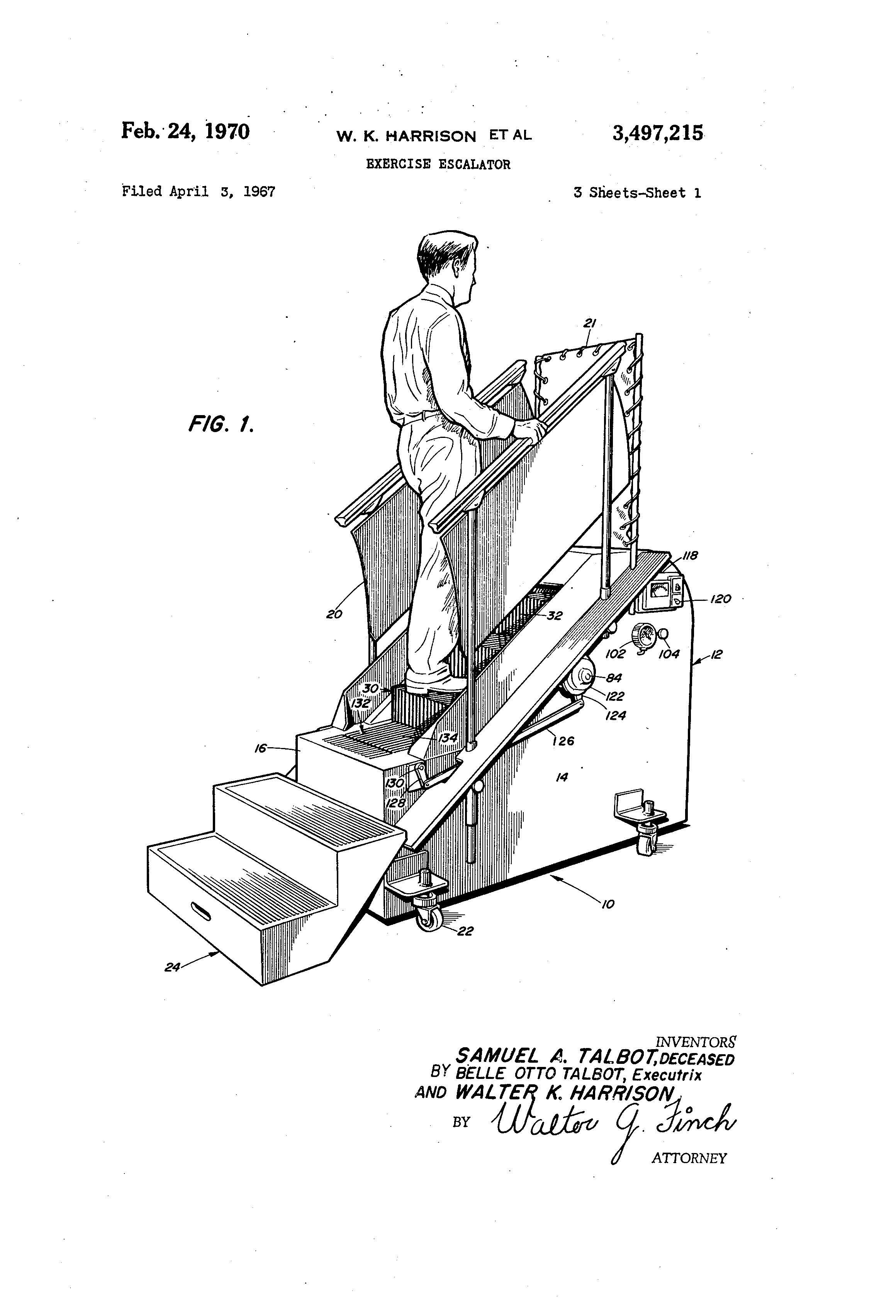
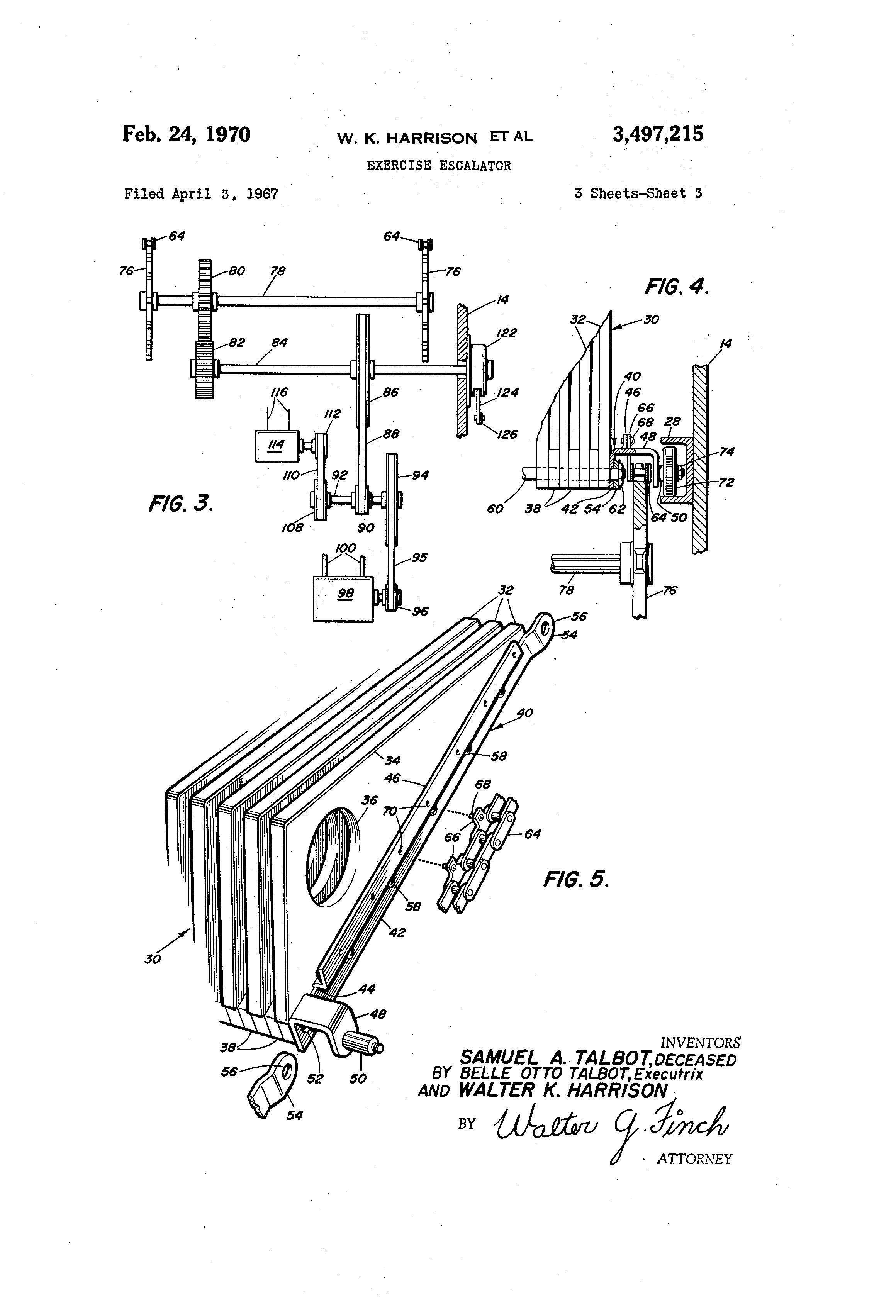
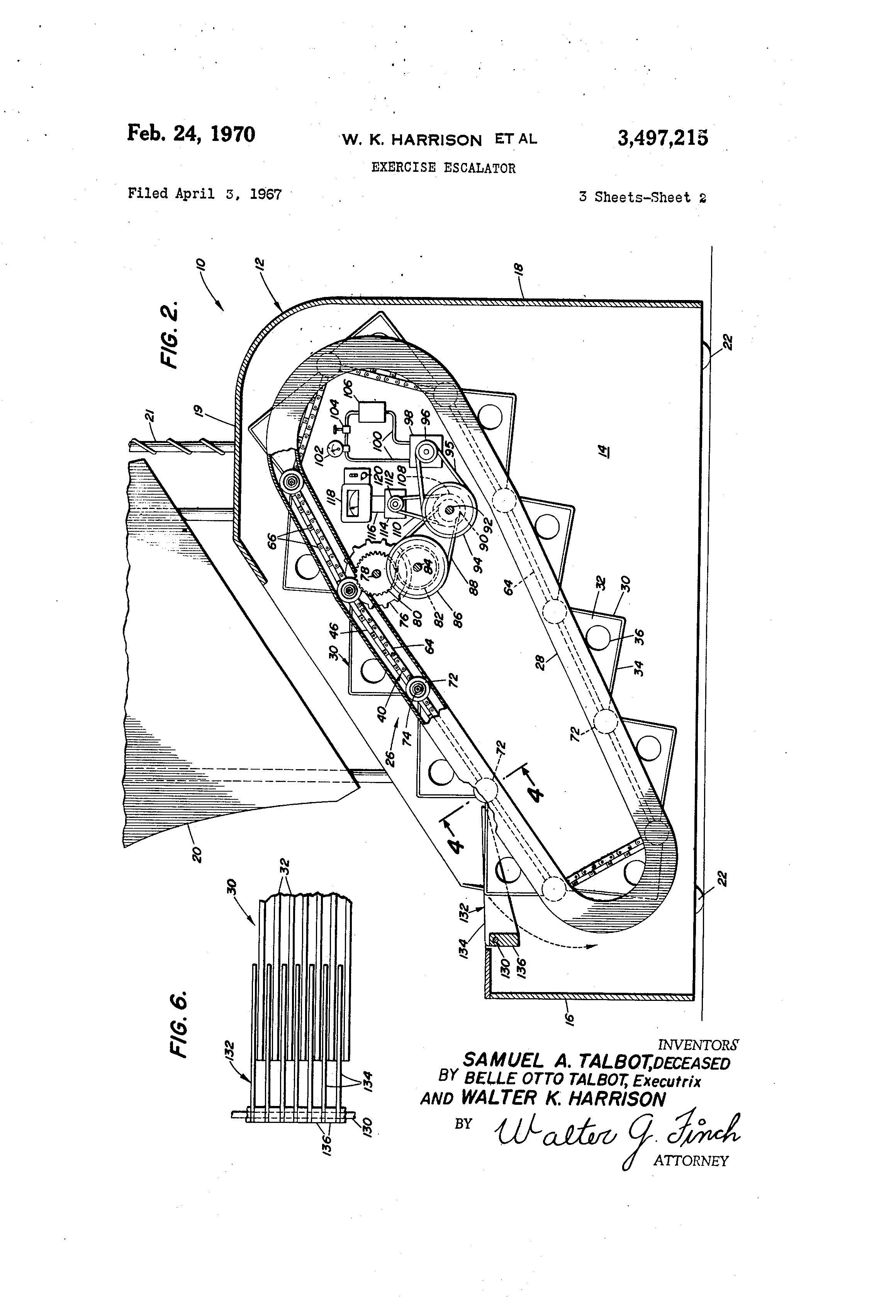
Patent of the Day: Sketching Outfit
On this day in 1904 Andrew Randall Cobb was granted the patent for Sketching Outfit, U.S. Patent No. 752,757.
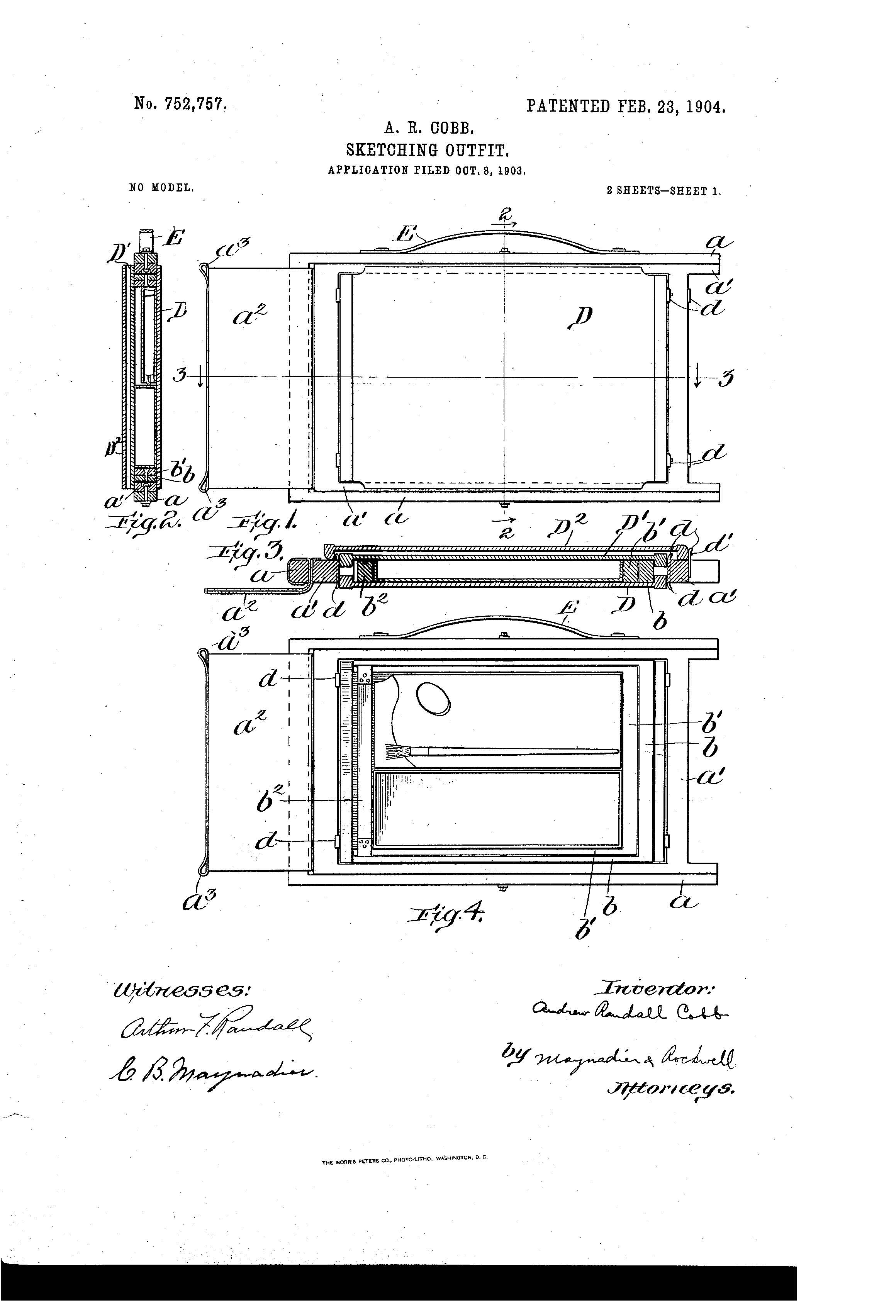
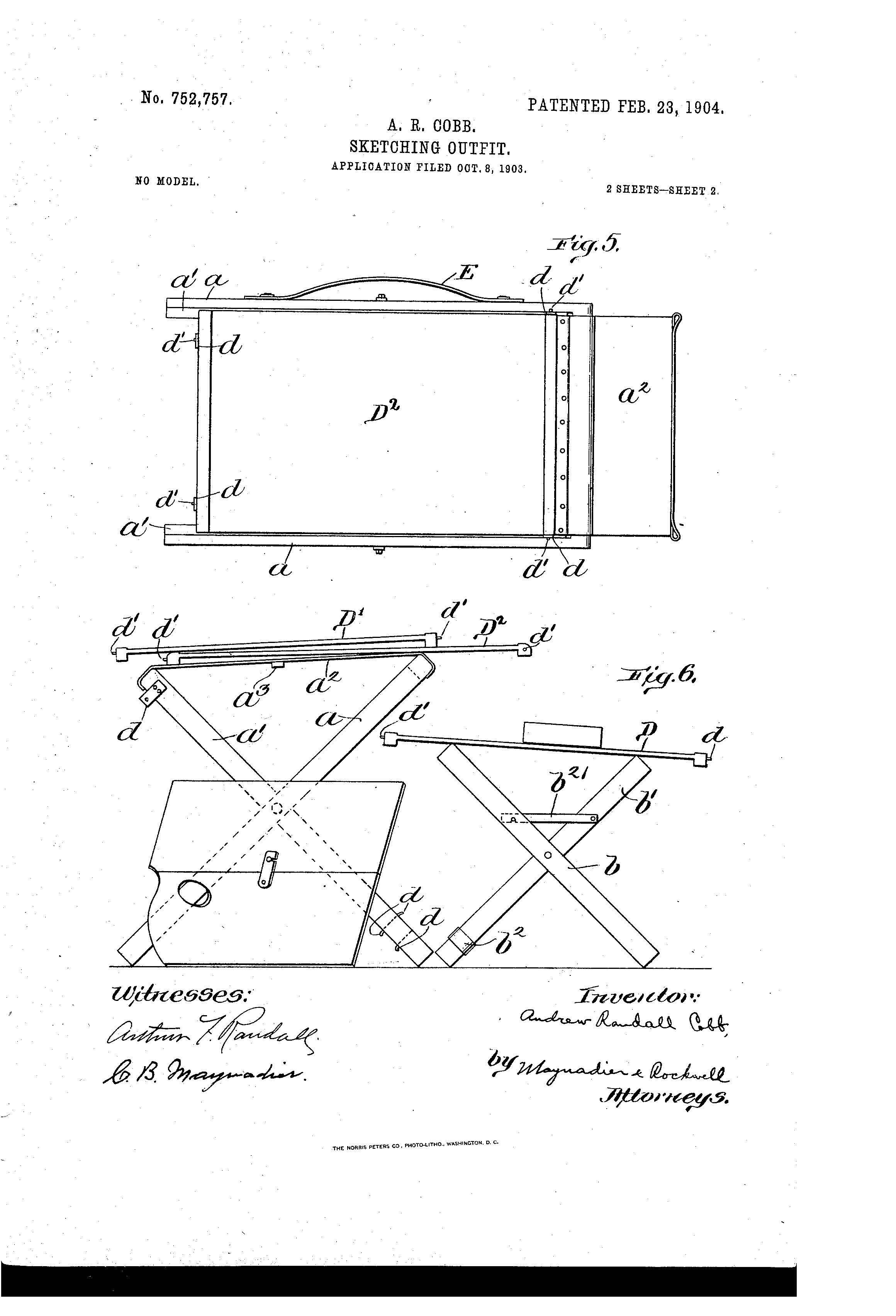
Who Is Alice, And Why Is She Driving Patent Attorneys Mad As Hatters?
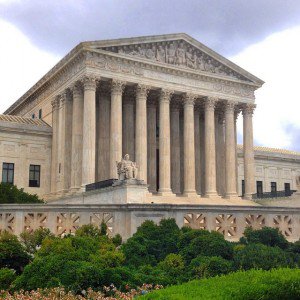
Software and internet companies secure patents to protect their technology all the time but Alice Corp. v. CLS Bank Int’l (2014) has definitely thrown a wrench in those gears so to speak.
Come with me down the rabbit hole, won’t you?
Every so often, the Supreme Court hands down a case that causes a seismic shift in our legal system. Constitutional law professors wax poetic about Marbury v. Madison and McCulloch v. Maryland. News analysts loudly denounce Citizens United: “Corporations aren’t people!” But ask a patent attorney for an example of such a case and you are likely to witness a ten-minute diatribe on the shortcomings of Alice Corp. v. CLS Bank Int’l (2014). Read More.
Article by By: Austin Underhill, with Above the Law
Patent of the Day: Defibrillator
On this day in 1966 the patent for Defibrillator was granted. U.S. Patent No. 2,236,239.
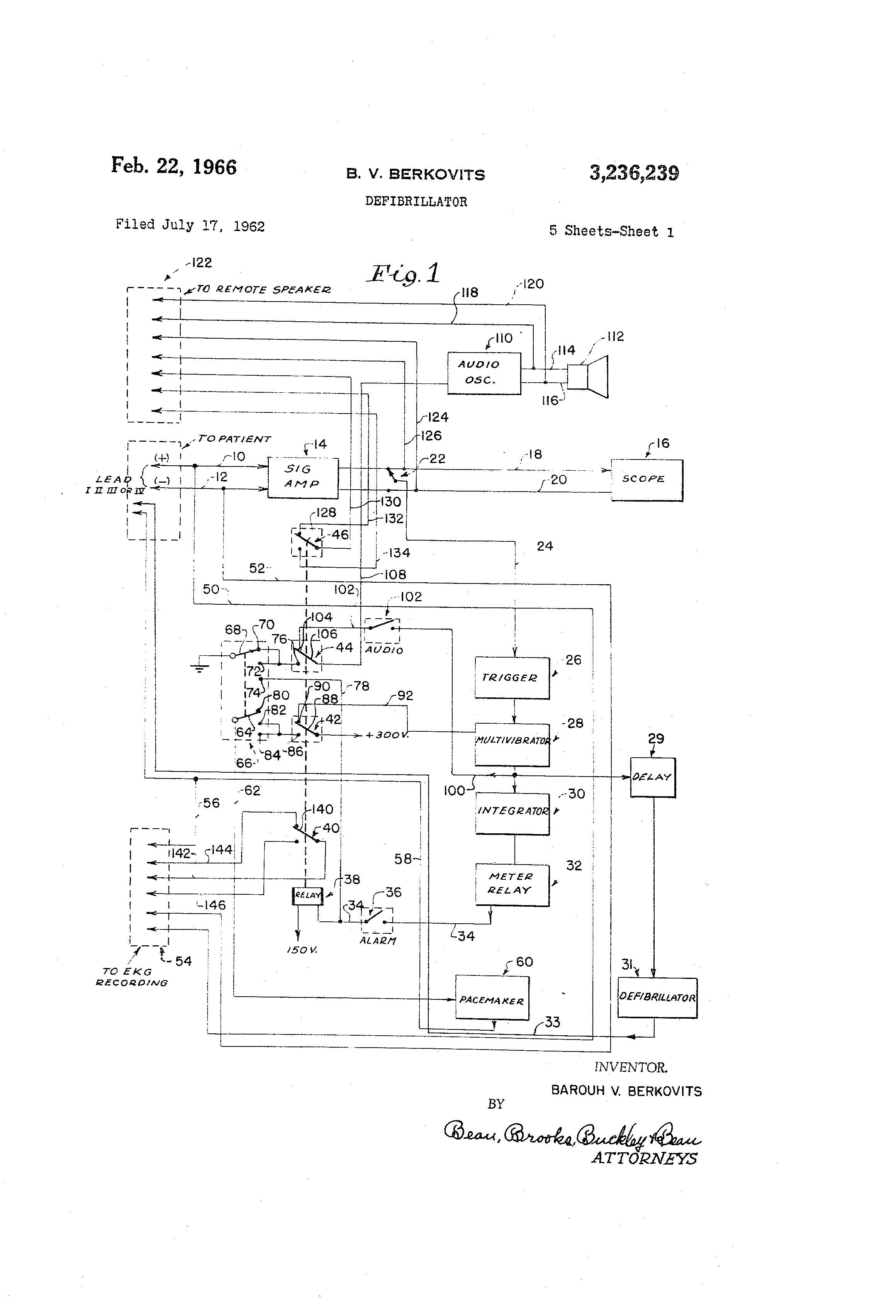
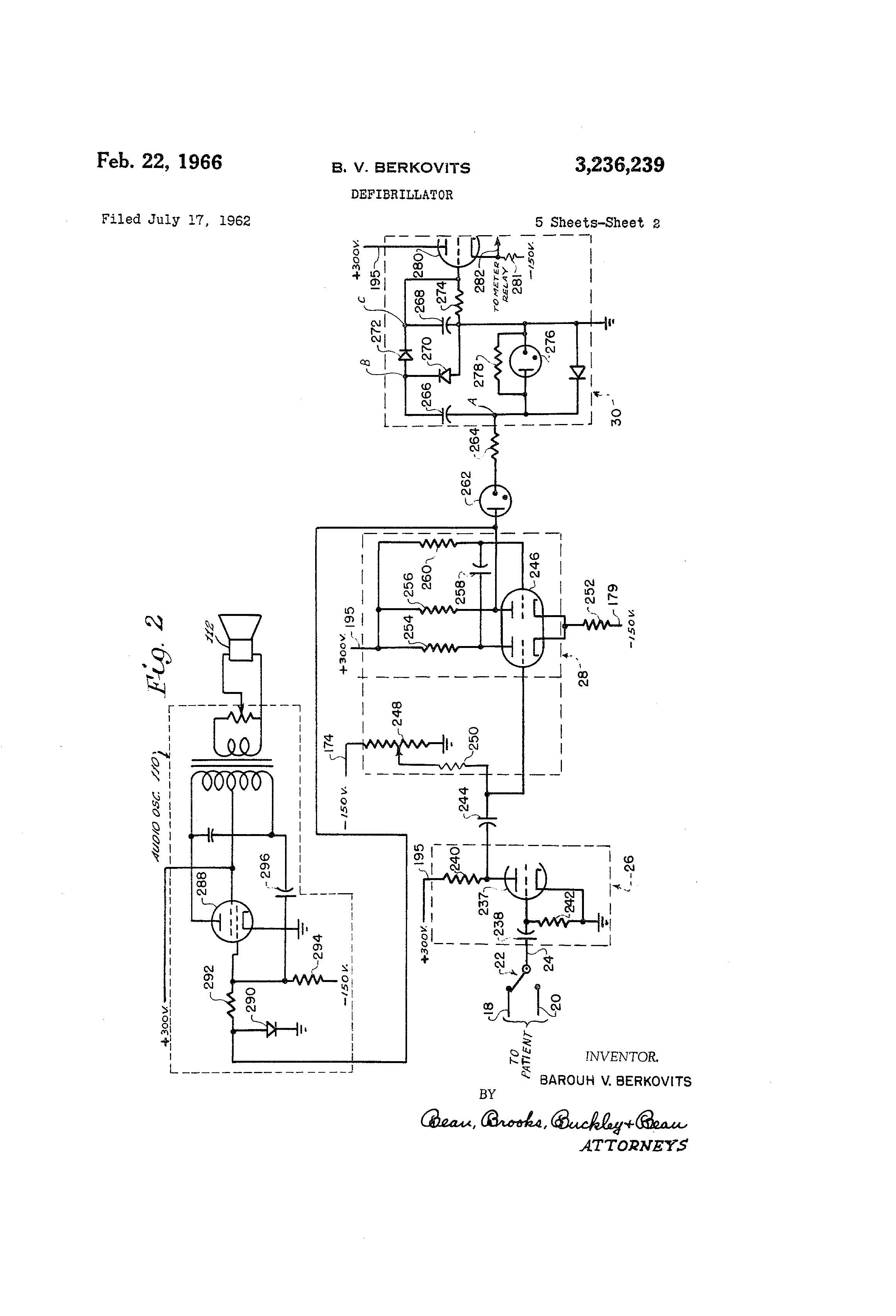
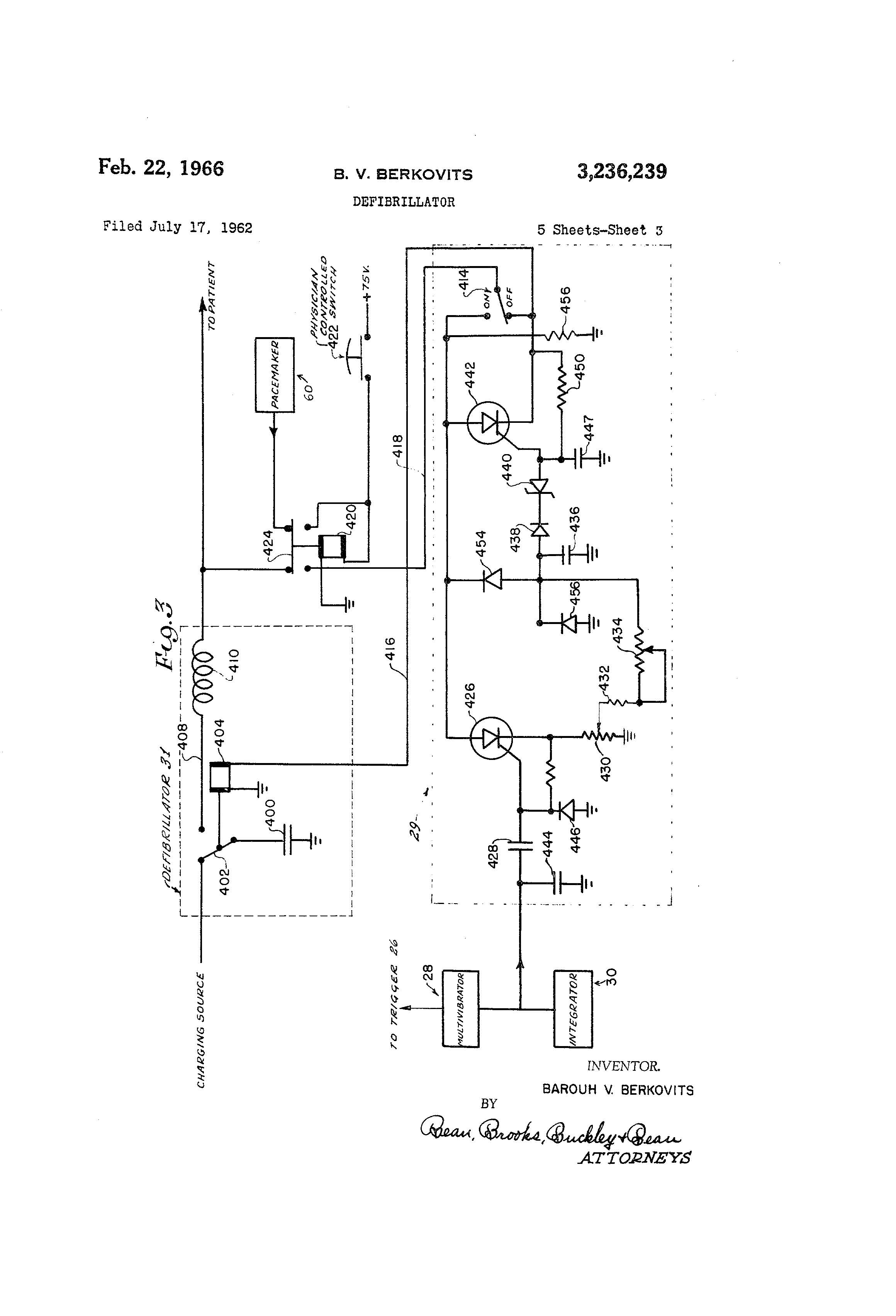
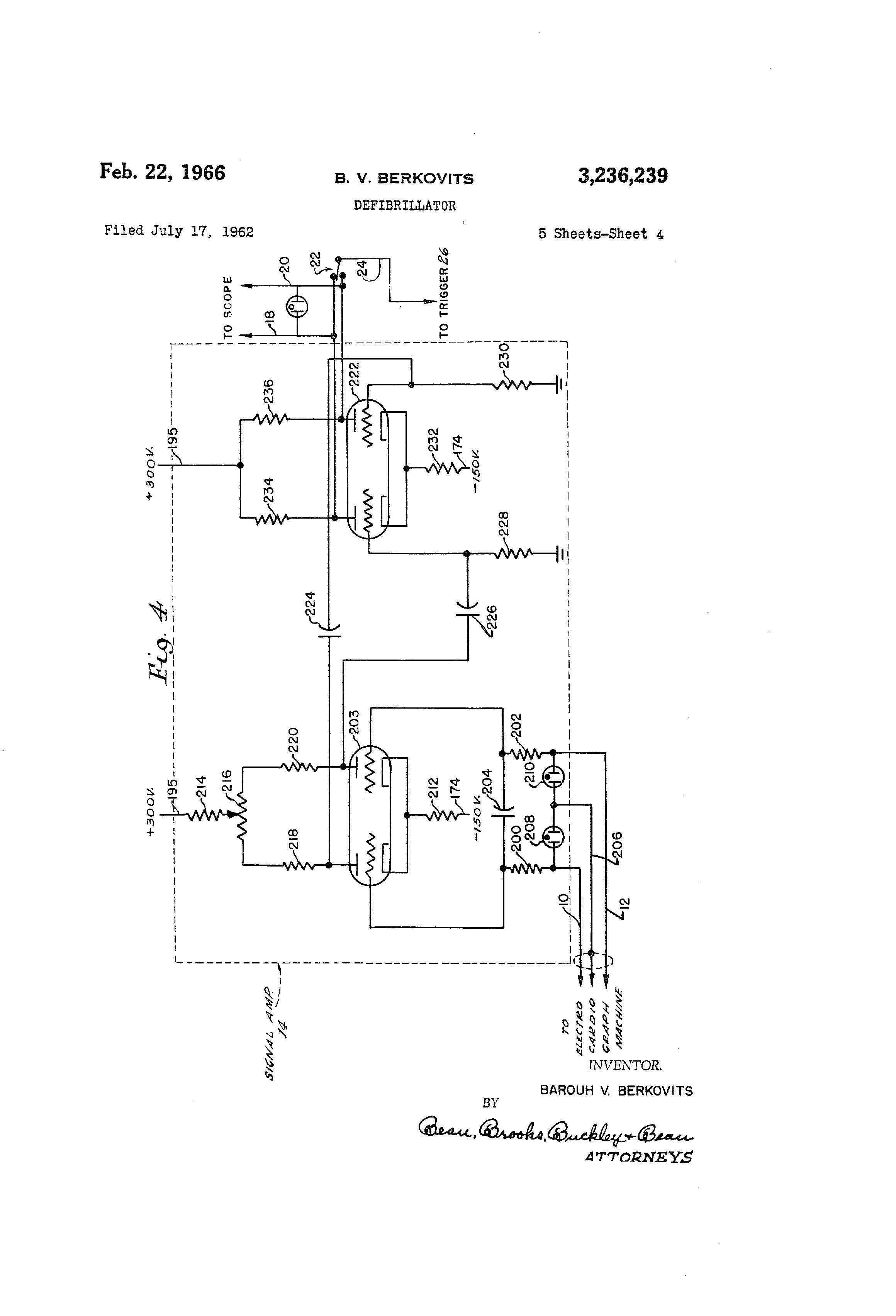
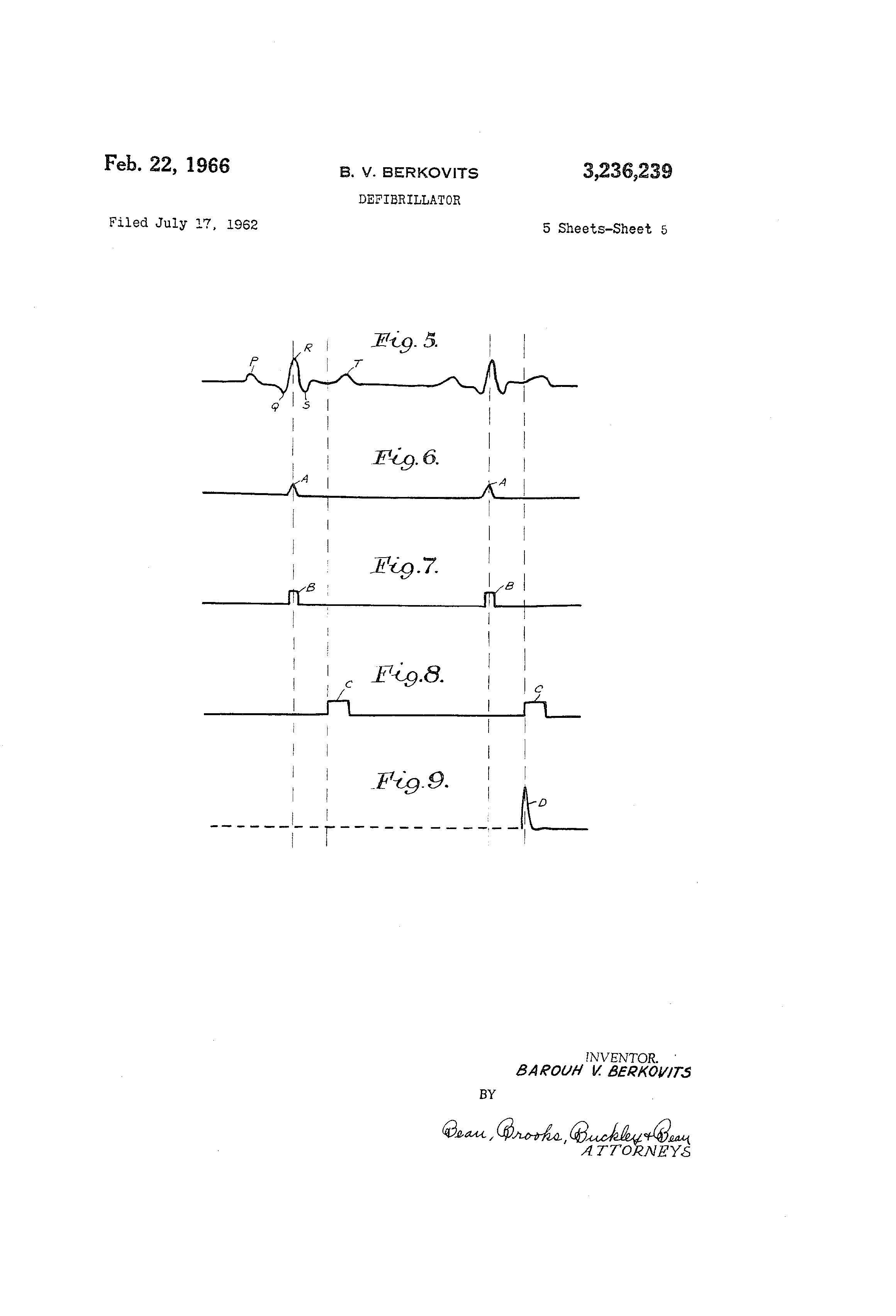
Patent of the Day: Phonograph or Speaking Machine
On this day in 1878, Thomas Edison was granted the patent for Phonograph or Speaking Machine (U.S. Patent No. 200,521). The object of this invention is to record in permanent characters the human voice and other sounds, from which characters such sounds may be reproduced and rendered audible again at a future time.
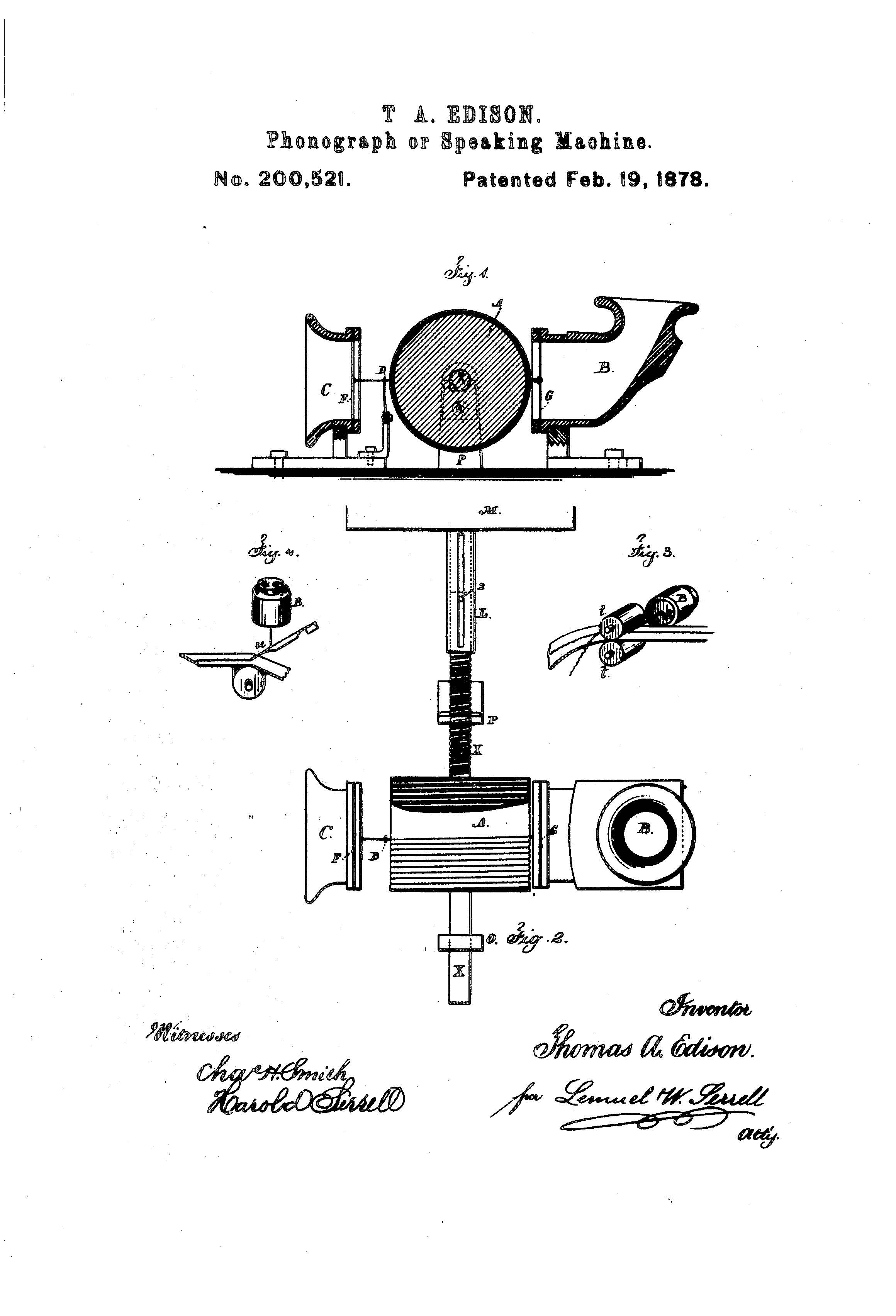
Remembering Justice Antonin Scalia

Supreme Court Justice Antonin Scalia passed away Saturday, February 13, 2016. Justice Scalia was nominated to the Supreme Court of the United States by President Ronald Regan in 1982. Justice Scalia was known for his frank and direct dissents and for interpreting the Constitution the way our forefathers did.
In remembrance of Justice Scalia below is a look at some Intellectual Property cases with his opinion.
Lexmark Int'l, Inc. v. Static Control Components, Inc., 134 S.Ct. 1377 (2014)
Standing to assert a false advertising claim under Section 43(a) of the Lanham Act, 15 U.S.C. §1125(a), requires an allegation of an injury to a commercial interest or business reputation that is proximately caused by the defendant’s misrepresentations.
American Broadcasting Companies, Inc. v. Aereo, Inc., 134 S.Ct. 2498 (2014)(dissenting opinion)
Majority: A system that provides Internet subscribers with retransmissions of broadcast television programming directly infringes the programs’ copyrights by producing infringing public performances.
Scalia’s dissent: Public performance infringement was not proved because a “volitional act” by Aereo was not proved since the allegedly infringing “performance” is caused by the subscriber’s selection of the program.
Mediummune Inc. v. Genentech, Inc., 549 U.S. 118 (2007)
The Constitution’s case or controversy requirement does not require the licensee to breach its agreement in order for there to be jurisdiction over a licensee’s declaratory judgment challenge to patent validity
Merck KGAA v. Integra Lifesciences I, Ltd., 545 U.S. 193 (2005)
Uses of patented inventions in preclinical research, the results of which are not ultimately included in a submission to the Food and Drug Administration (FDA), are exempted from infringement by 35 U. S. C. § 271(e)(1).
Dastar Corp. v. 20th Century Fox, 539 U.S. 23 (2003)
Section 43(a) of the Lanham Act does not prevent the unaccredited copying of a work.
Holmes, Group, Inc. v. Vornado Air Circulation System, Inc., 535 U.S. 826 (2002)
The Federal Circuit lacks appellate jurisdiction over a case in which the complaint does not allege a claim arising under federal patent law, but the answer contains a patent-law counterclaim.
Wal-mart Stores, Inc. v Samara Brothers, Inc., 529 U.S. 205 (2000)
An action for trade dress infringement over an unregistered product design must prove that the design has secondary meaning.
College Savings Bank v. Florida Prepaid Postsecondary Education Expense Board, 527 U.S. 666 (1999)
Congressional attempt to impose liability on states for patent infringement violated the States' immunity under the 11th Amendment.
Eli Lilly, Inc. v Medtronic, Inc., 496 U.S. 661 (1990)
Section 271(e)(1), creating a safe harbor for uses of a patented invention reasonably related to the submission of information "under a Federal law which regulates the manufacture, use, or sale of drugs," also applies to medical devices.
Patent of the Day: Design Patent for the Statue of Liberty
On this day in 1879 Auguste Bartholdi was granted the design patent for Liberty Enlightening the World, known now as the Statue of Liberty (USD 11,023). This iconic statue was created as a commemorative monument of the independence of the United States and arrived here on June 19, 1885 but not without some bumps in the road. One of the many obstacles faced was funding from both the French and Americans. There were many things done to raise money, lotteries, prized fights, even the literary works such as The New Colossus by Emma Lazarus, which is the sonnet engraved outside the statue. All of this took a lot of time and effort but thankfully the money was eventually raised.
When the statue was on the way from France it was reduced to 350 pieces and packaged in 214 crates. It took four months to complete the construction of the statue and finally it was completed and dedicated on October 28, 1886 by President Grover Cleavland.
This statue is a historical treasure and for many it was the first thing our ancestors who immigrated to the United States saw. They saw the words engraved outside the statue and knew they were home.
“Not like the brazen giant of Greek fame, With conquering limbs astride from land to land; Here at our sea-washed, sunset gates shall stand A mighty woman with a torch, whose flame Is the imprisoned lightning, and her name Mother of Exiles. From her beacon-hand Glows world-wide welcome; her mild eyes command The air-bridged harbor that twin cities frame. "Keep, ancient lands, your storied pomp!" cries she With silent lips. "Give me your tired, your poor, Your huddled masses yearning to breathe free, The wretched refuse of your teeming shore. Send these, the homeless, tempest-tost to me, I lift my lamp beside the golden door!"”
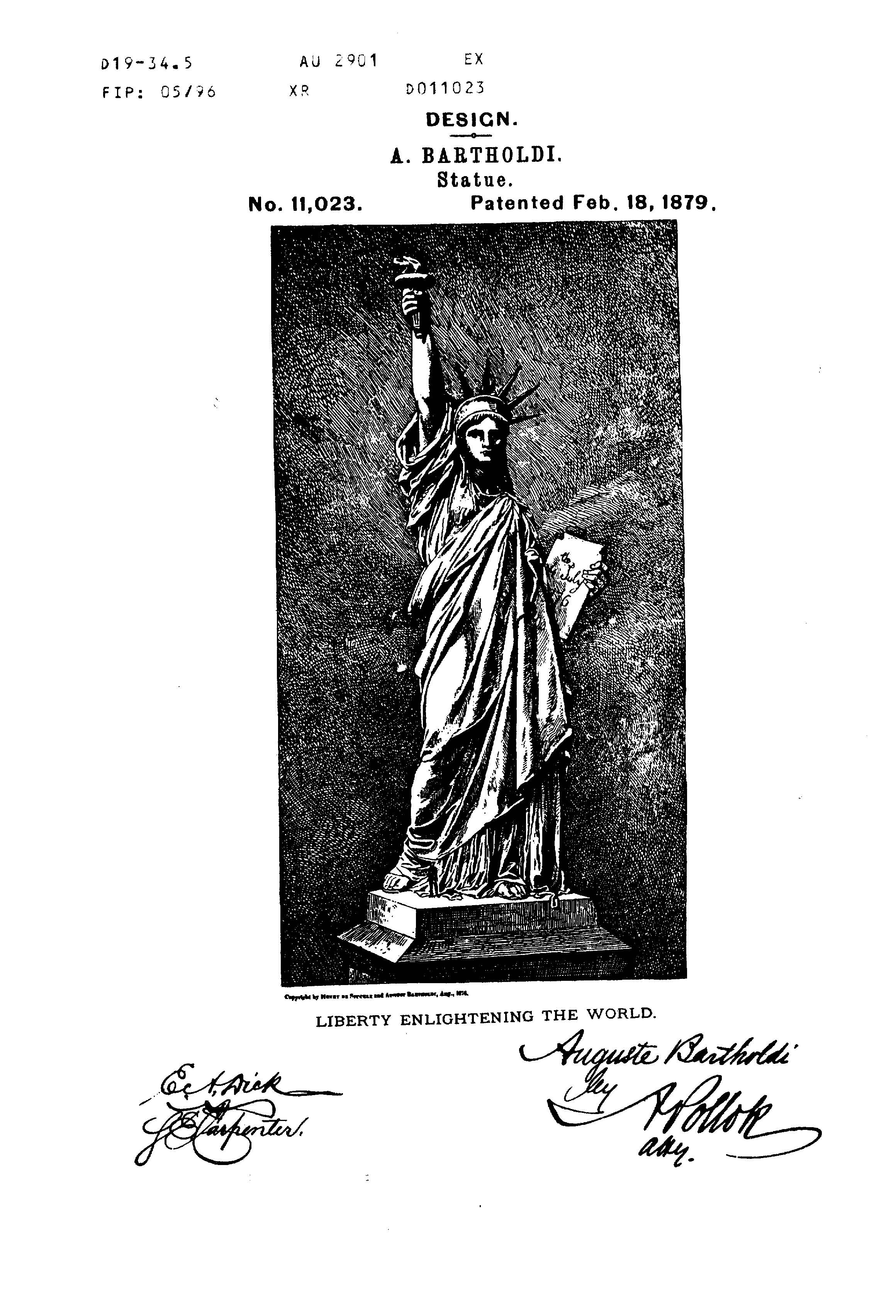
Big News for Suiter Swantz IP
Patent attorneys Chad W. Swantz, Scot M. Ringenberg and Matthew A. Poulsen have joined founder Sean Patrick Suiter as co-owners of Suiter Swantz IP.
Suiter Swantz, an Intellectual Property Law firm, was established over two decades ago. The Firm advises a diverse set of clients on patent, trademark and copyright matters. Suiter Swantz IP has obtained over 3,000 patents and approximately 700 trademarks on behalf of the Firm’s clients, which include individual inventors, startups and Fortune 500 companies.
Sean Patrick Suiter holds undergraduate degrees in English Literature, Chemistry and Physics from Creighton University and the University of Nebraska, respectively with a Juris Doctor from Creighton University School of Law. In addition, Sean is an adjunct professor of patent law at Creighton University School of Law.
Chad W. Swantz graduated with a Bachelor of Science Degree in Electrical Engineering from the University of Nebraska-Lincoln and a Juris Doctor from the Nebraska College of Law. In addition to his patent practice, Chad manages the Trademark Practice for the Firm, which includes trademark creation and development, domestic and foreign trademark registration, trademark defense and trademark enforcement.
Scot M. Ringenberg received his Bachelor of Science Degree in Chemical Engineering from the University of Nebraska-Lincoln and his Juris Doctor from the Nebraska College of Law. He continued his education with the University of Kansas Electrical Engineering and Computer Science Department graduate studies program. Additionally, he has been admitted to the state bars of Kansas and Missouri.
Matt A. Poulsen obtained his Bachelor of Science Degree and Ph.D. in physics from the University of Nebraska-Lincoln and his Juris Doctor from the Nebraska College of Law, graduating with distinction. As a physicist, his research appeared in numerous peer-reviewed journals. Matt also serves as a mentor for a number of local startup accelerators.
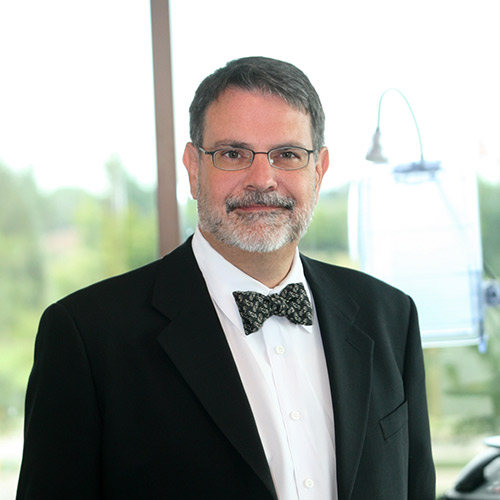

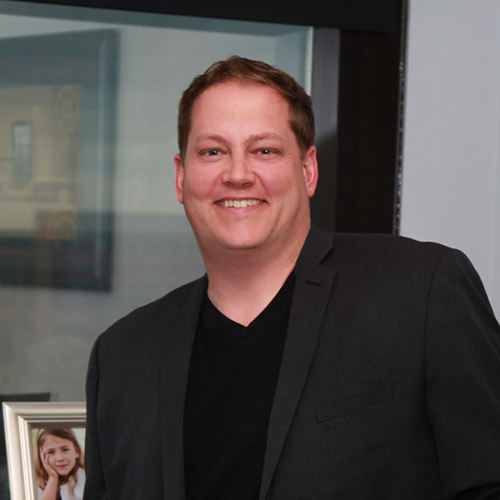
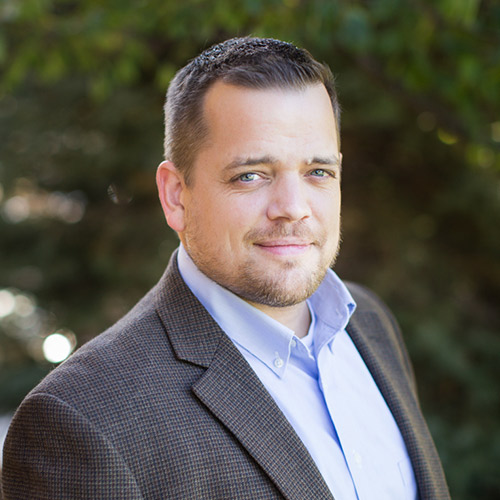
Patent of the Day: Calculator
On this day in 1850 the patent for Calculator was granted. U.S. Patent No. 7,074.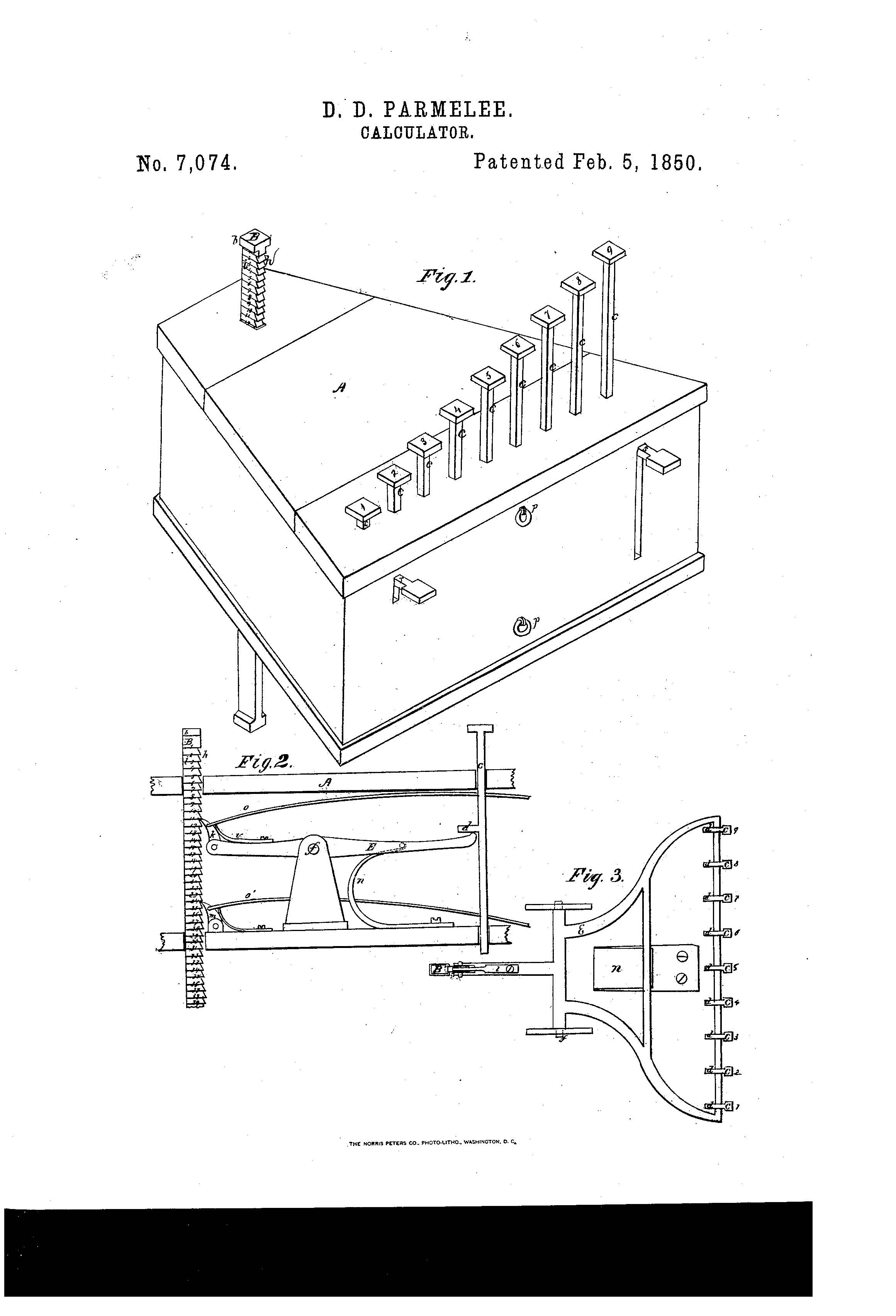
Patent of the Day: Weed Mowing Hand Car
On this day in 1890 Patrick Nacey was granted the patent for Weed Mowing Hand Car. U.S. Patent No. 420,825.
